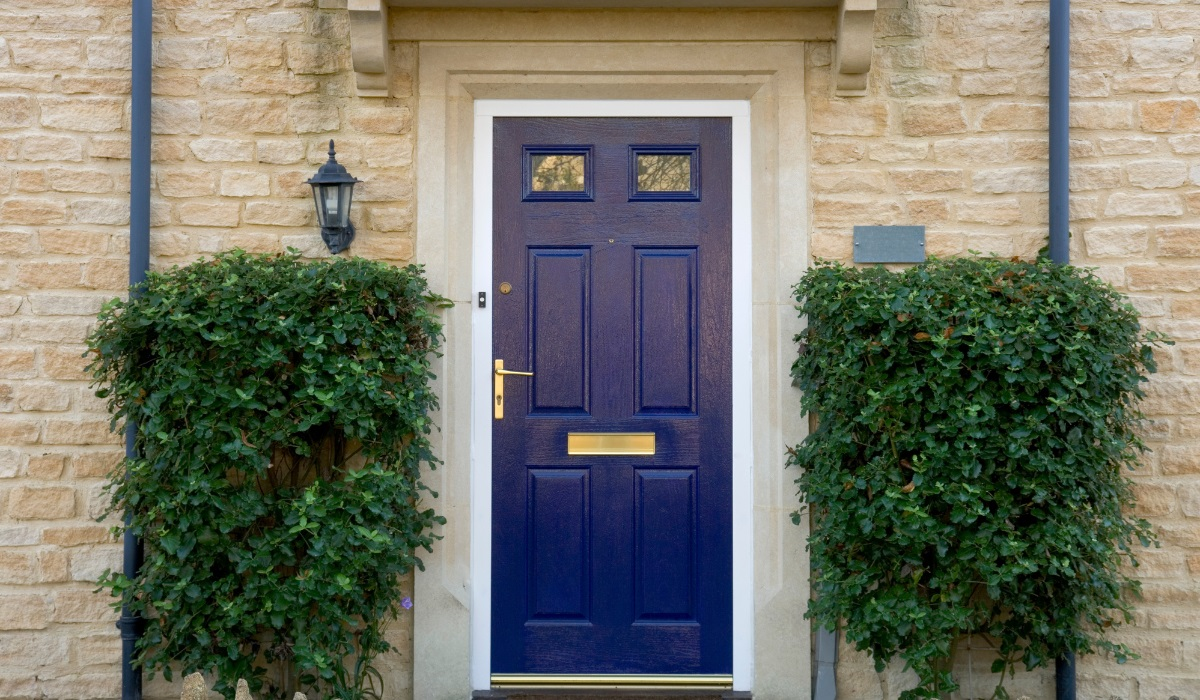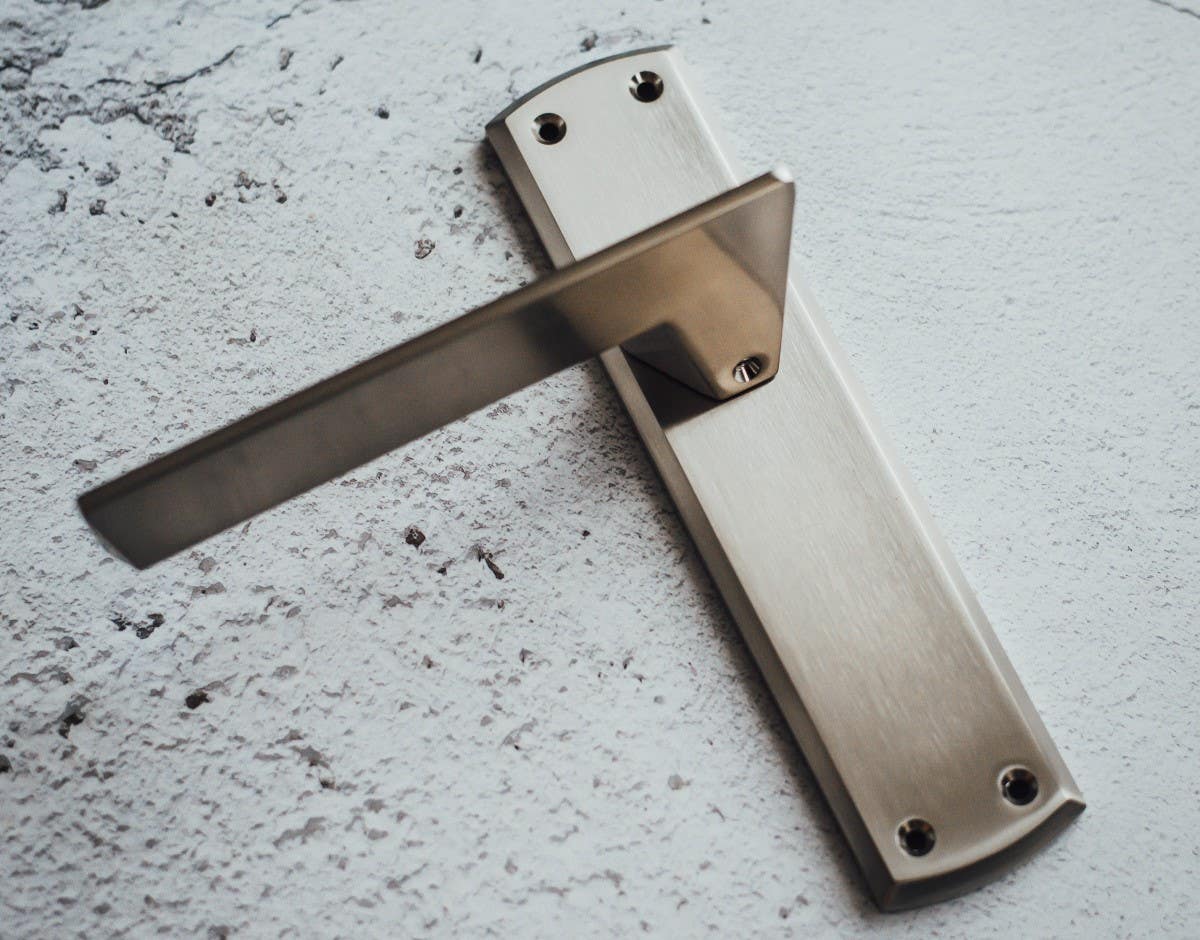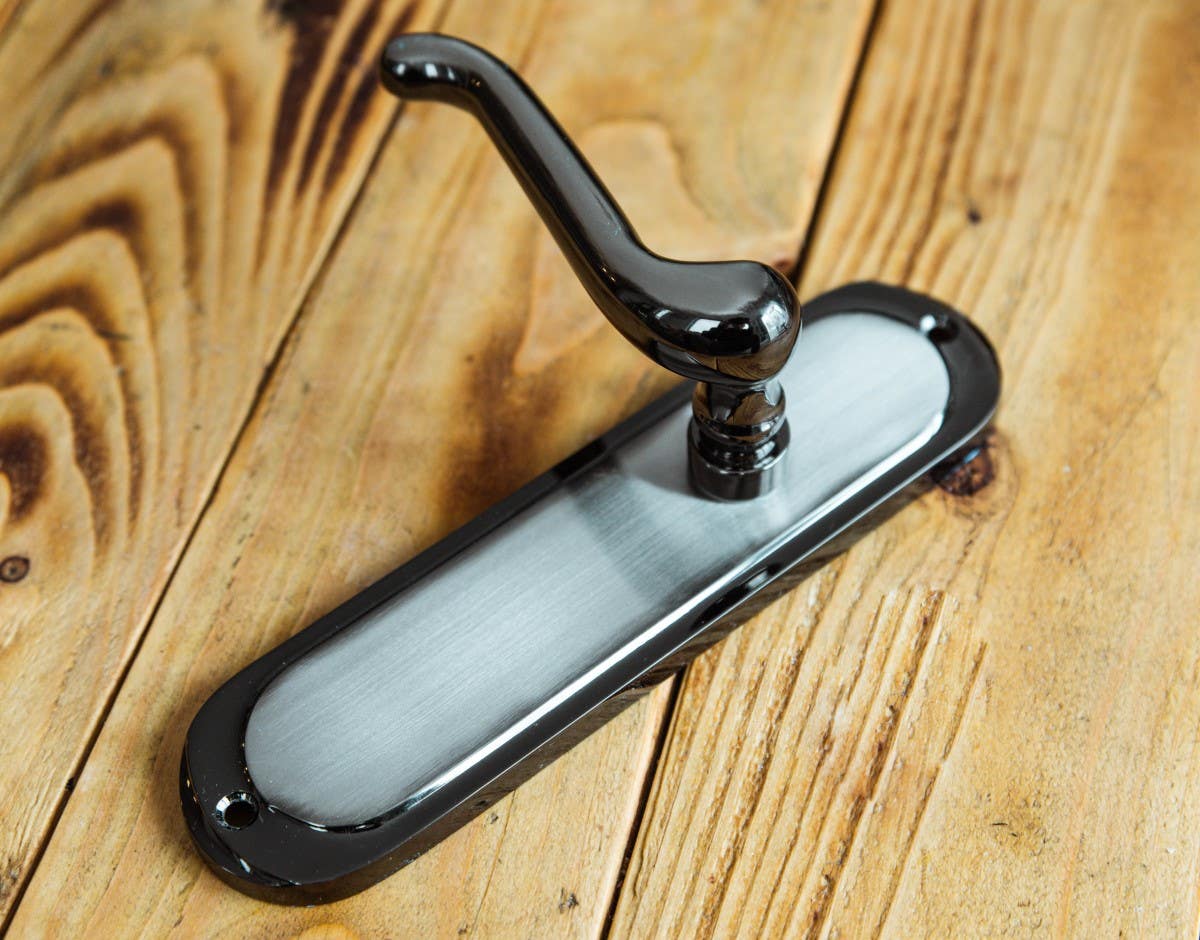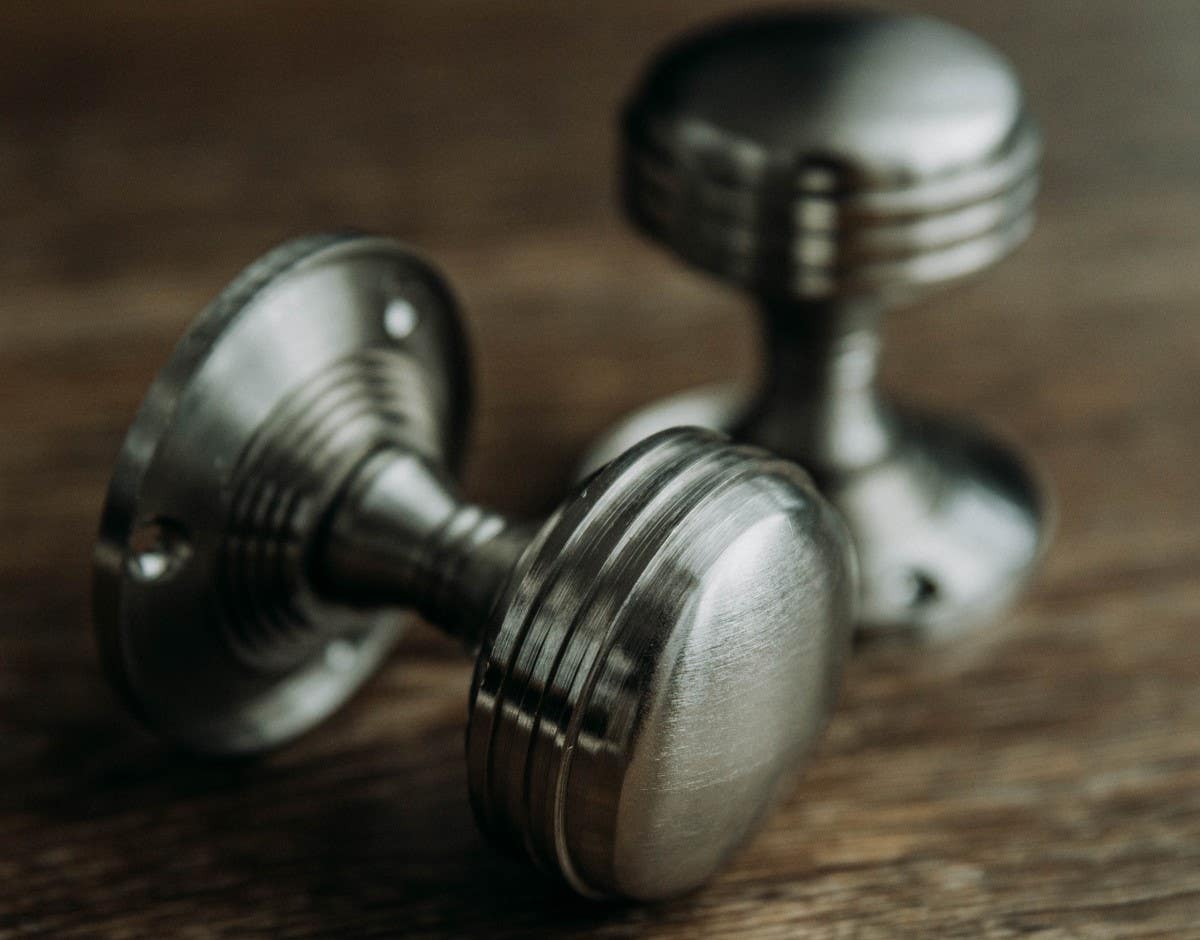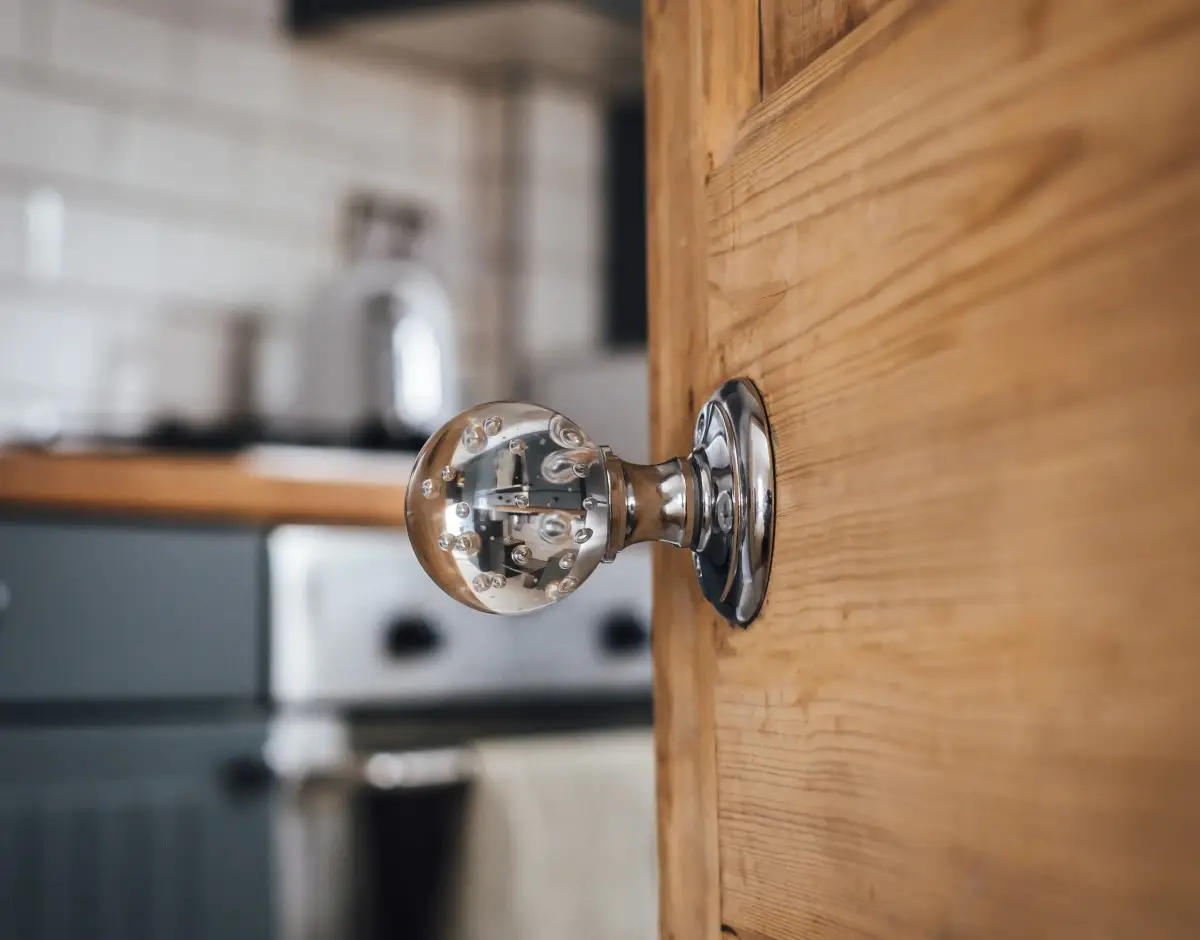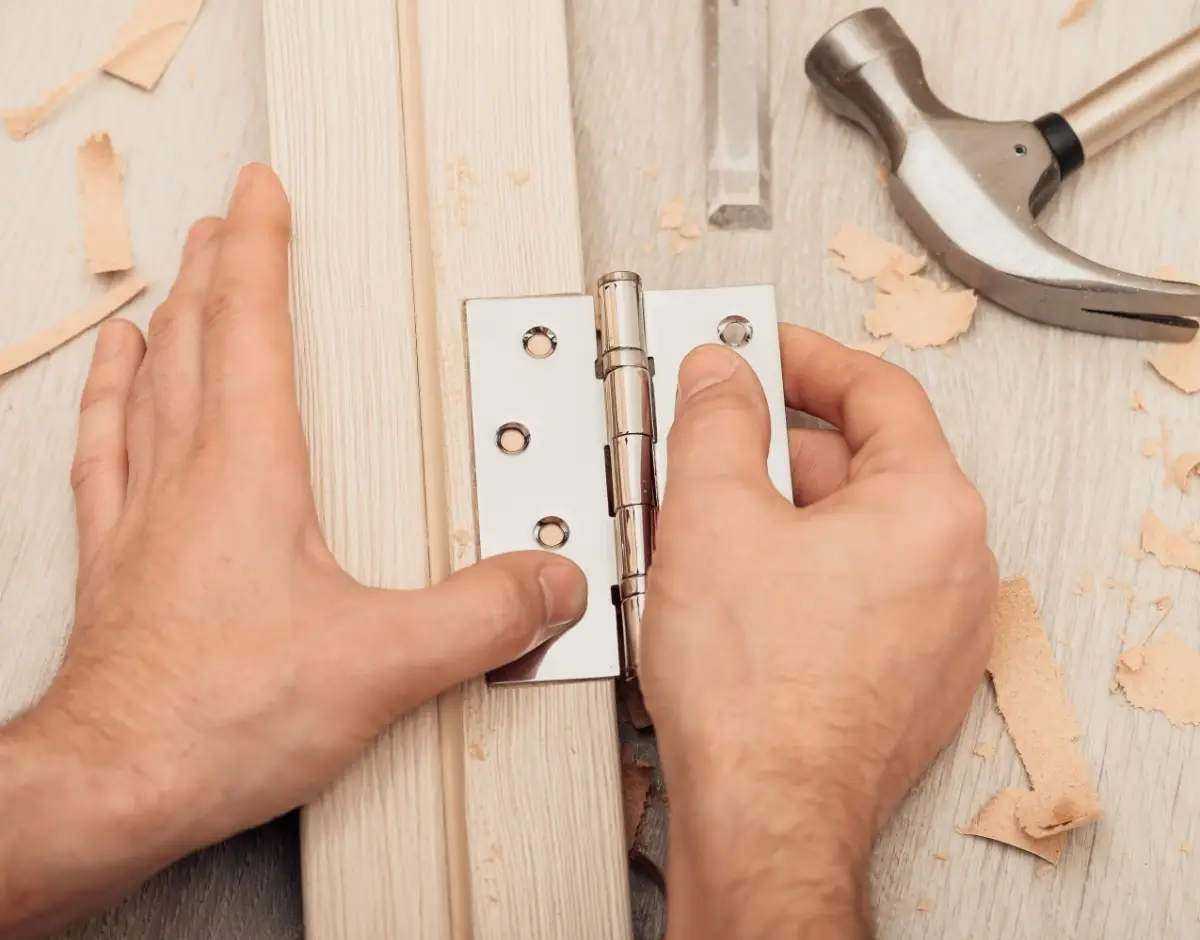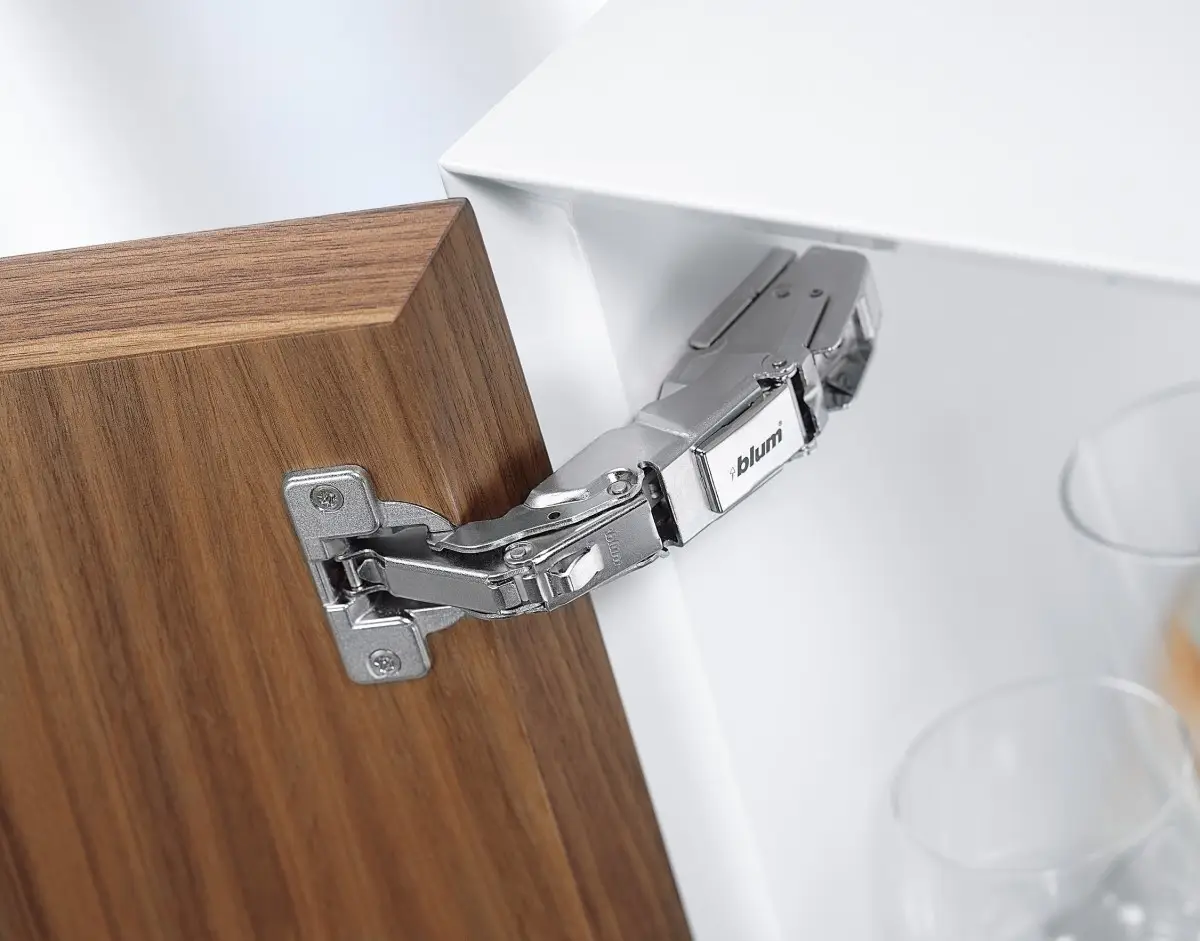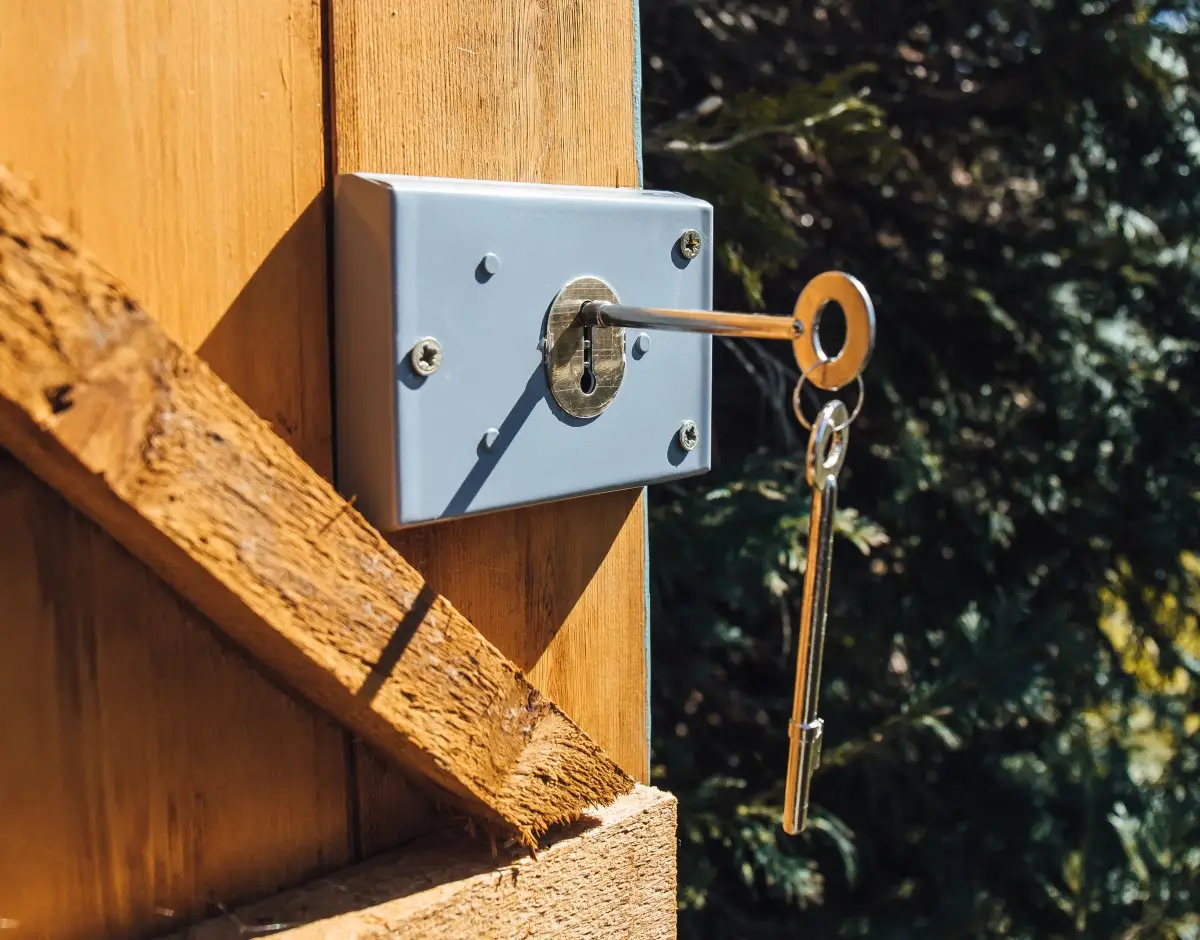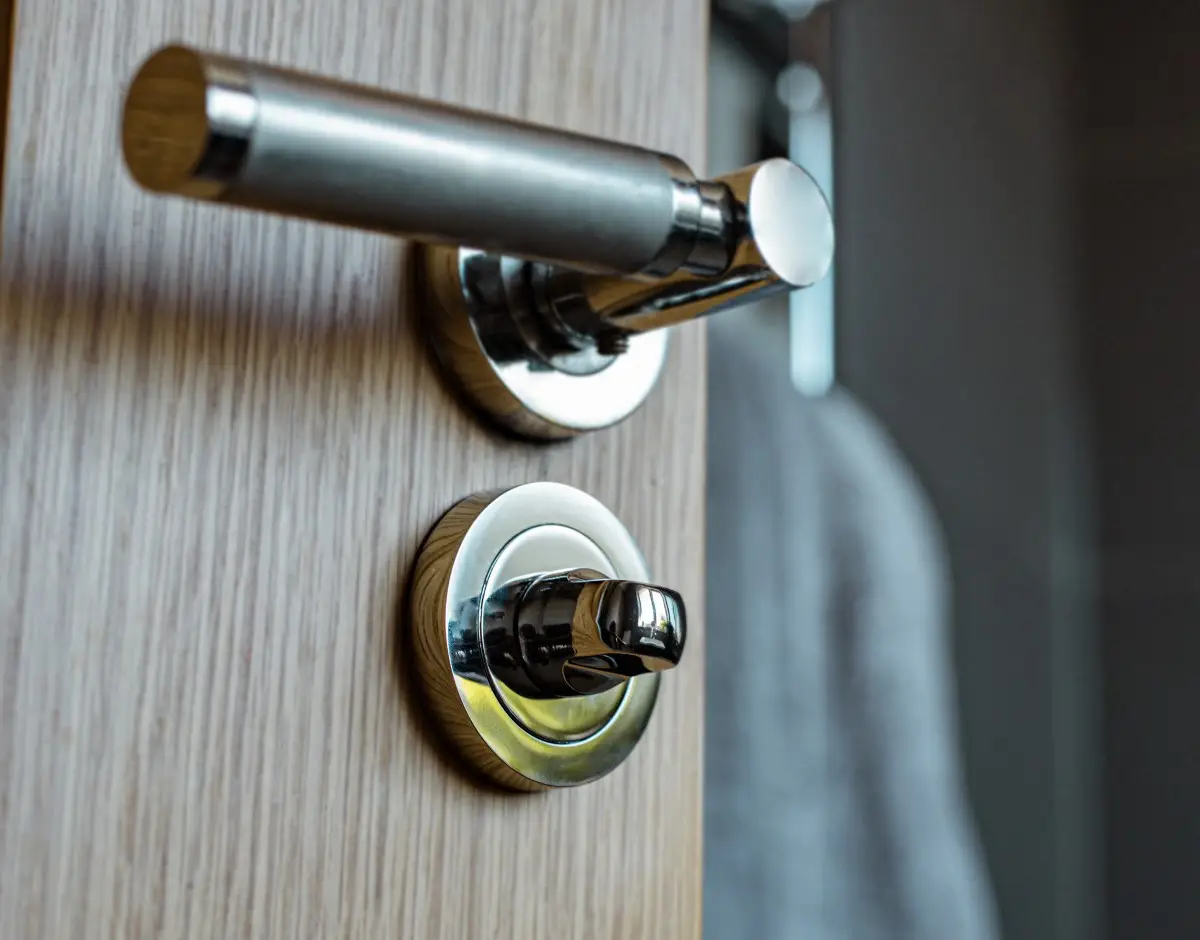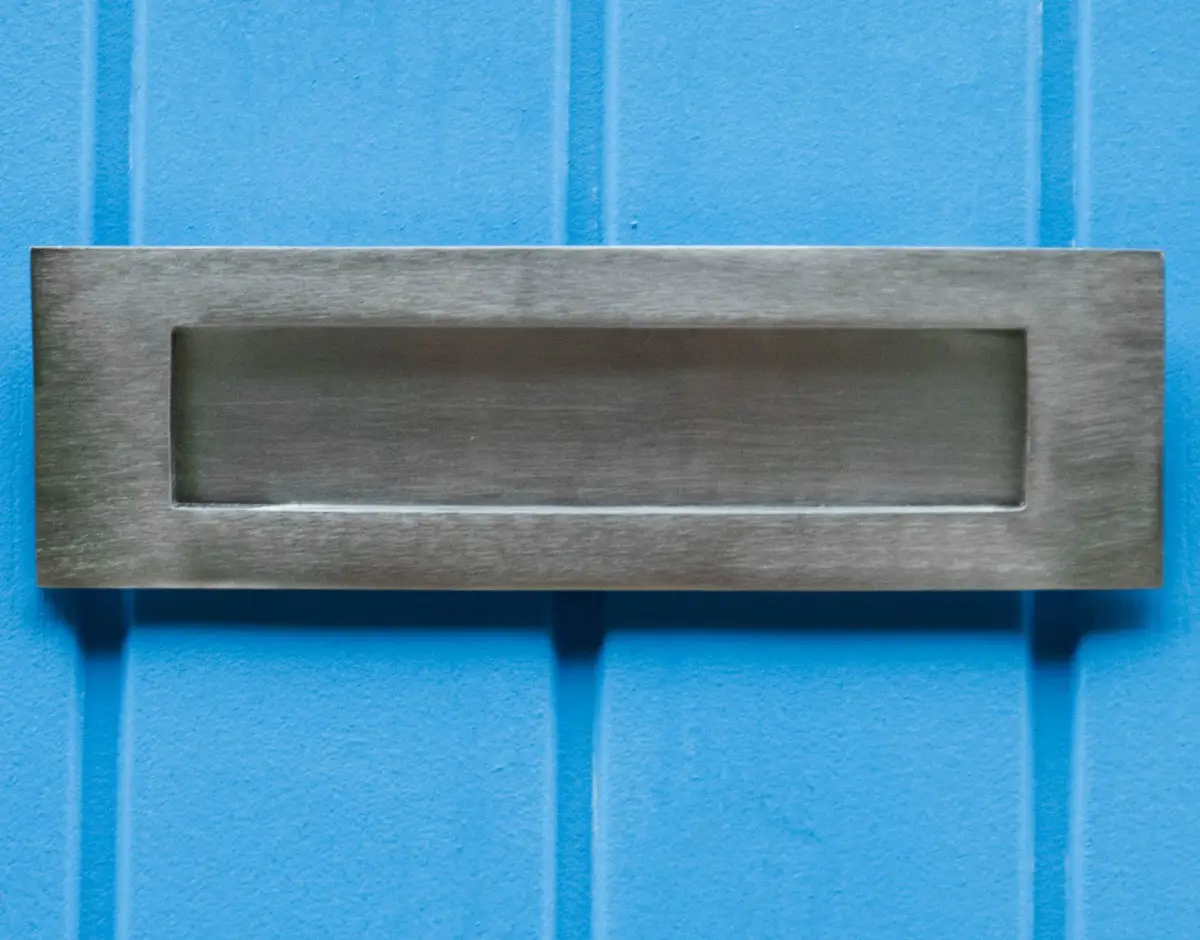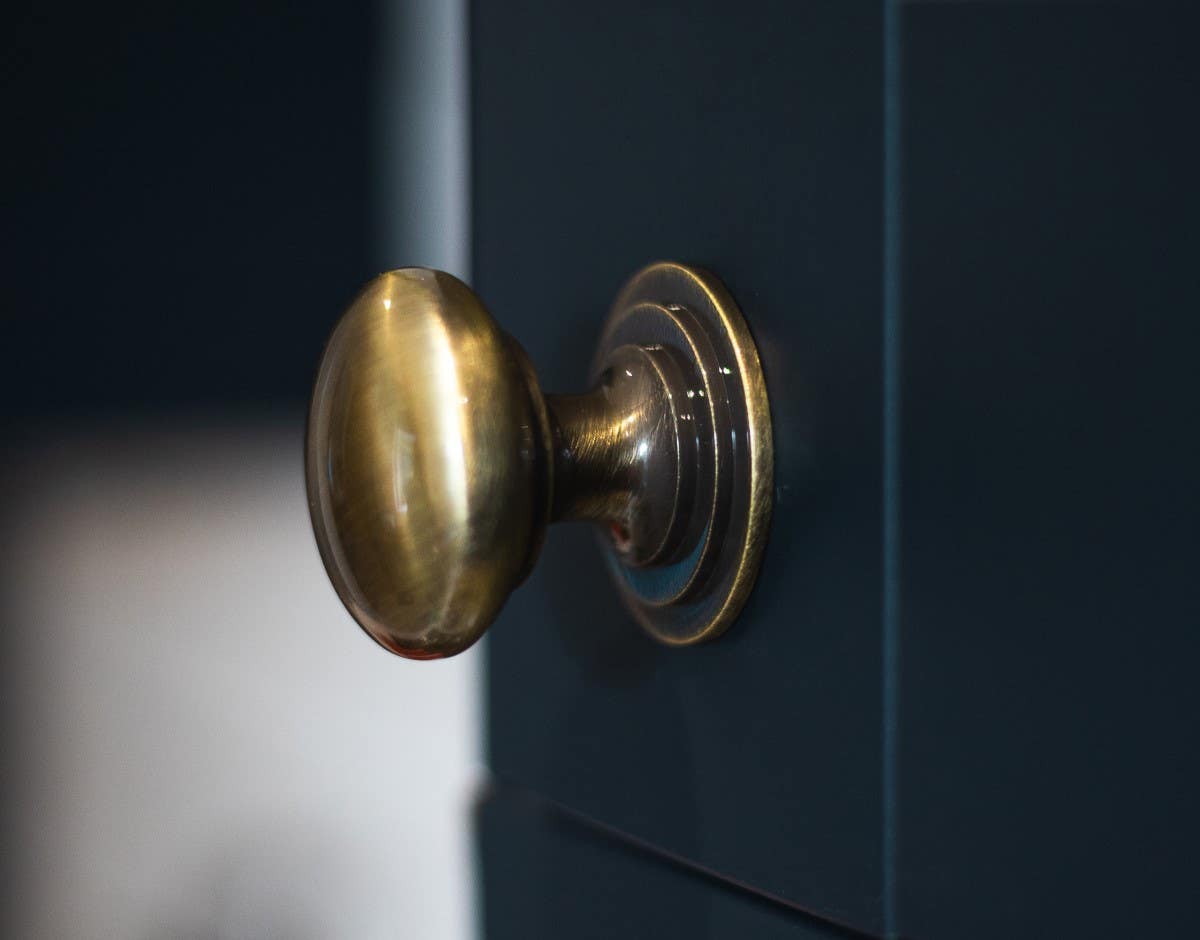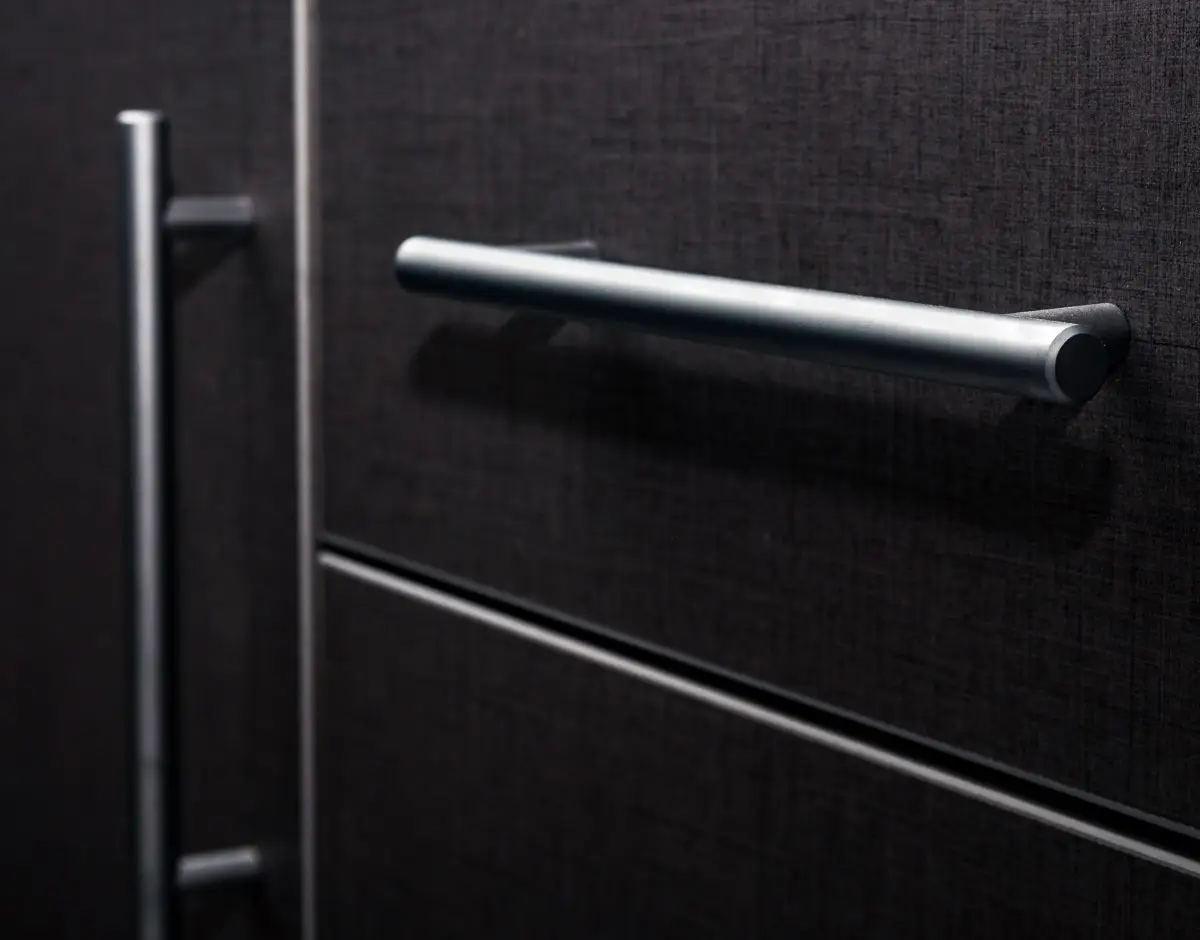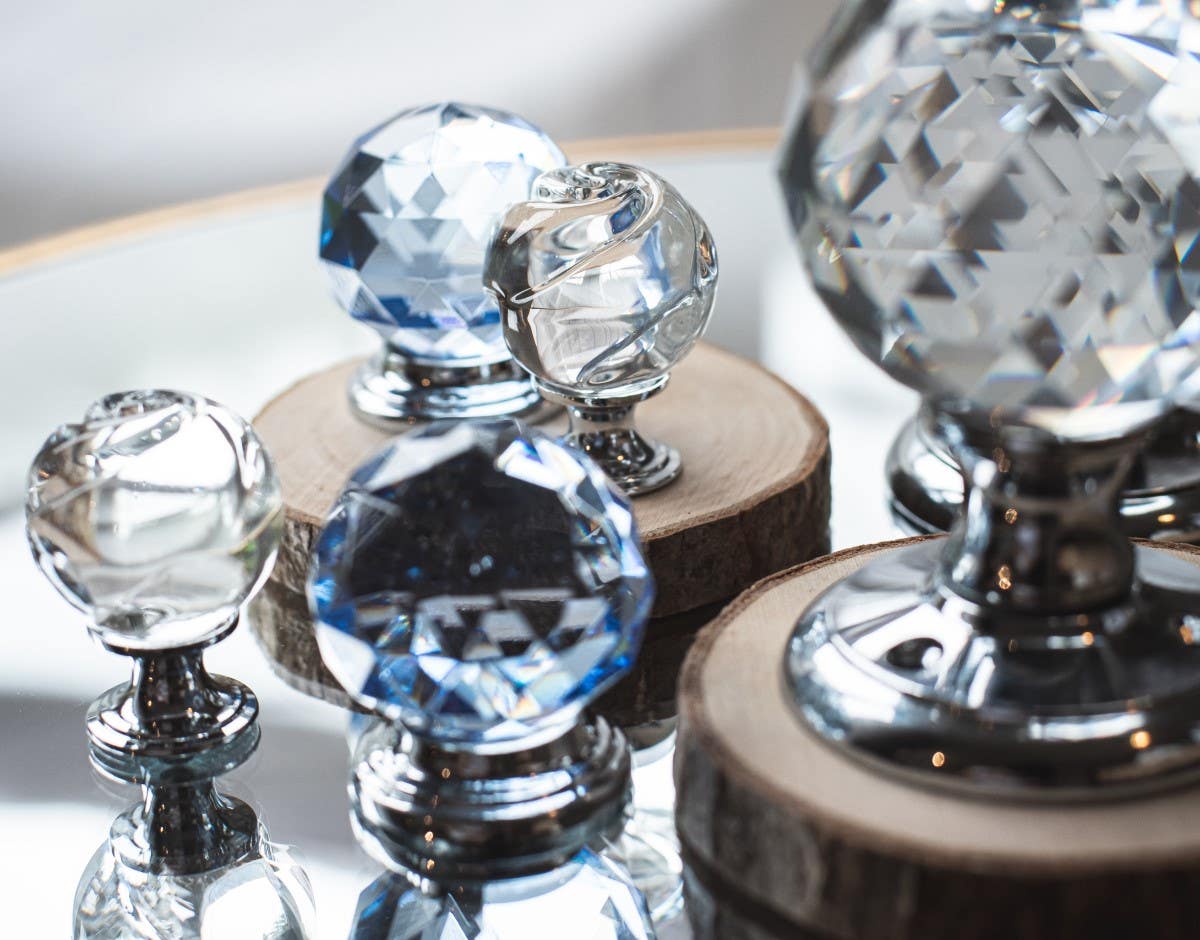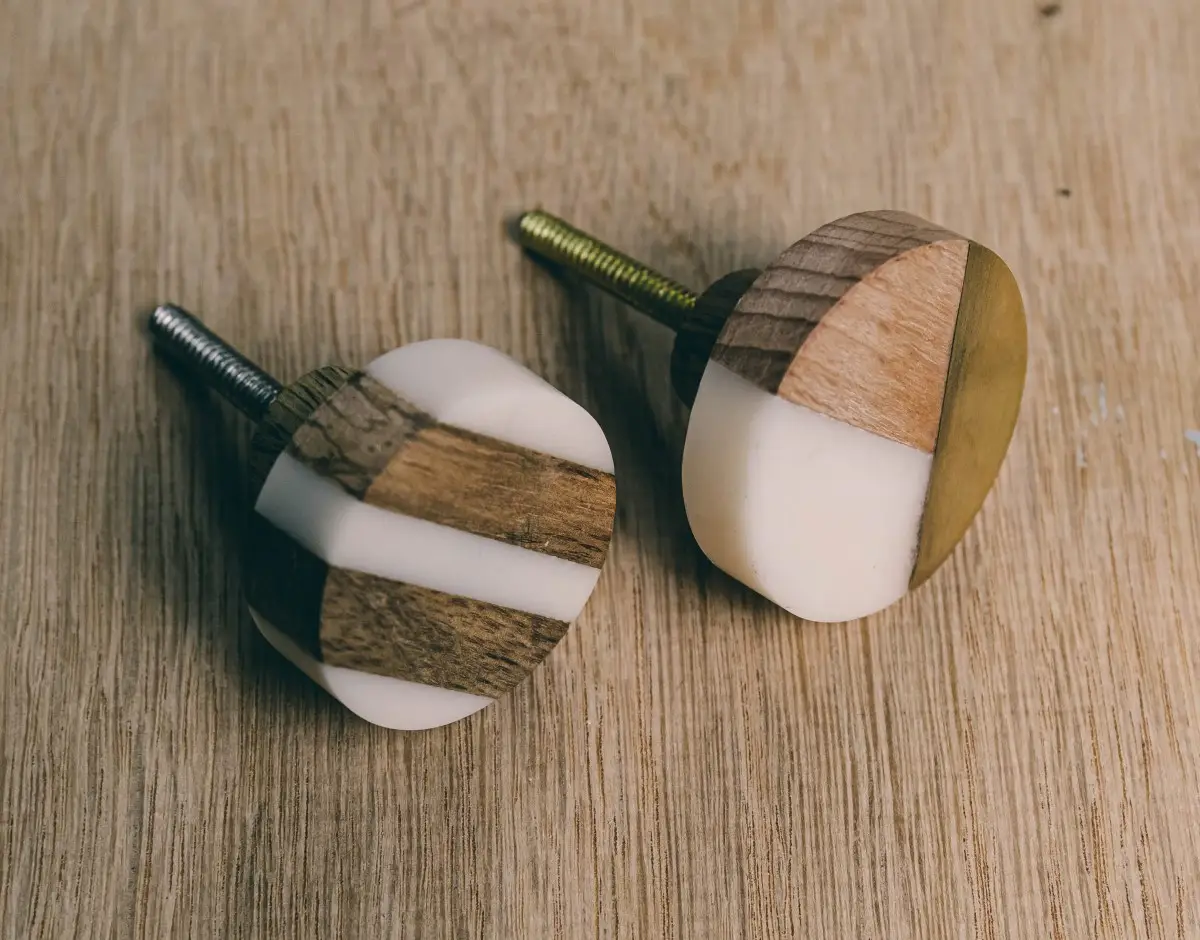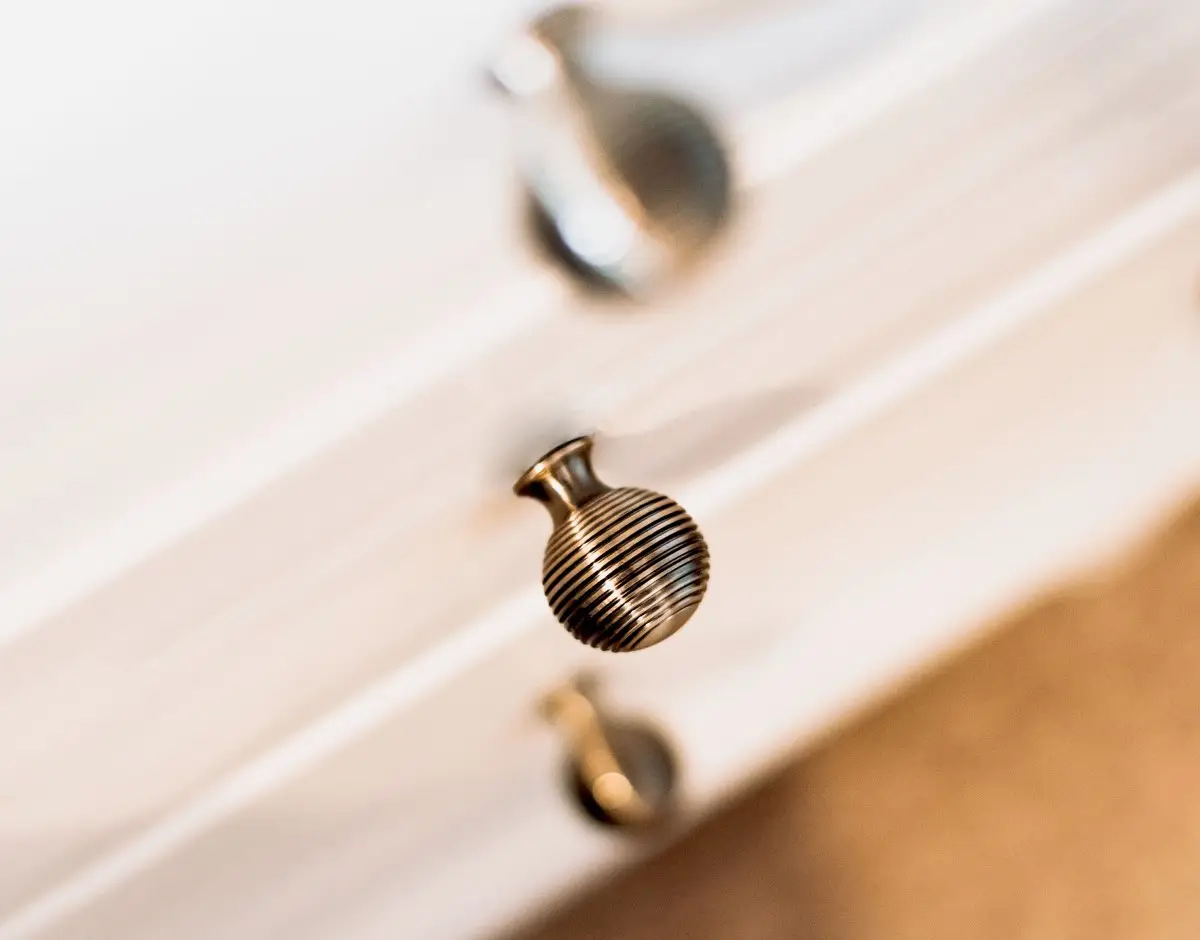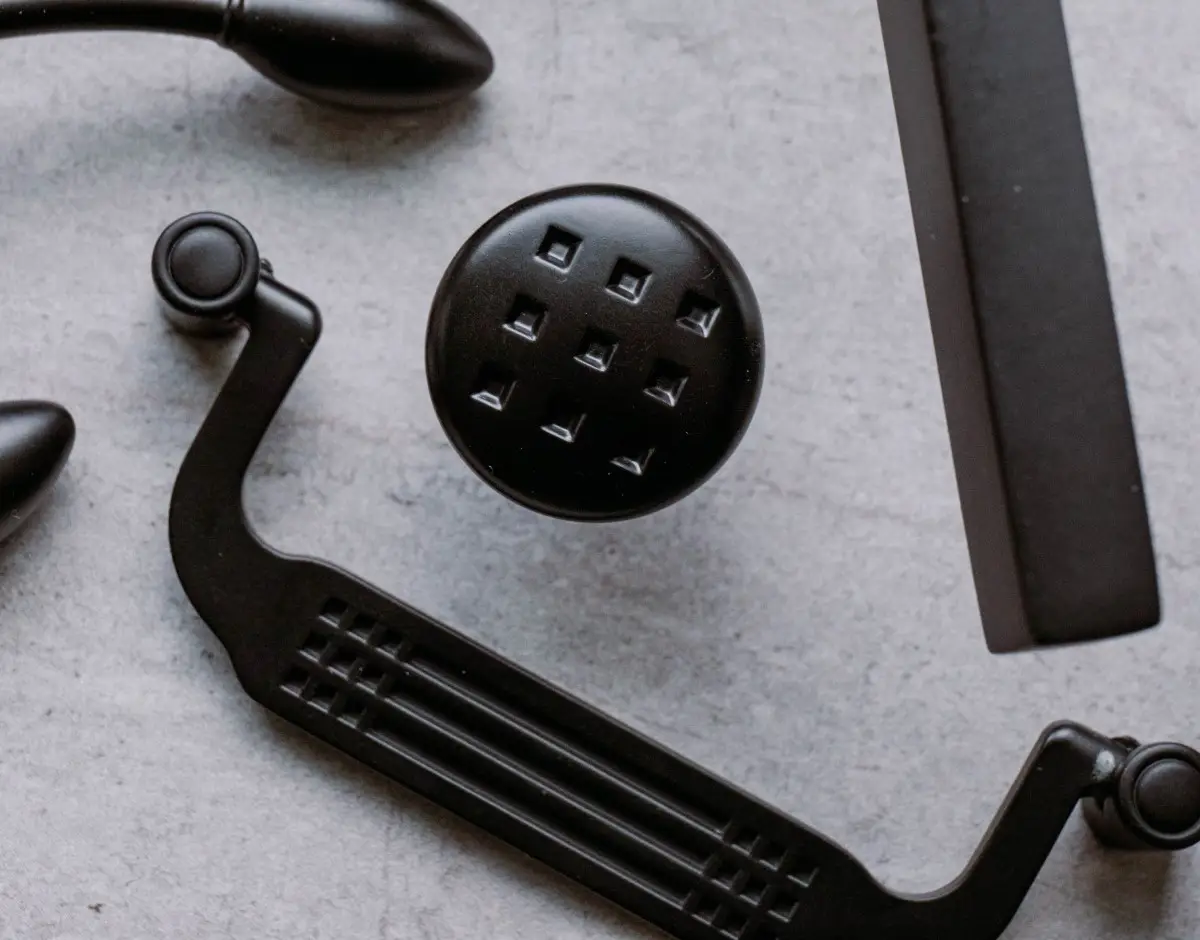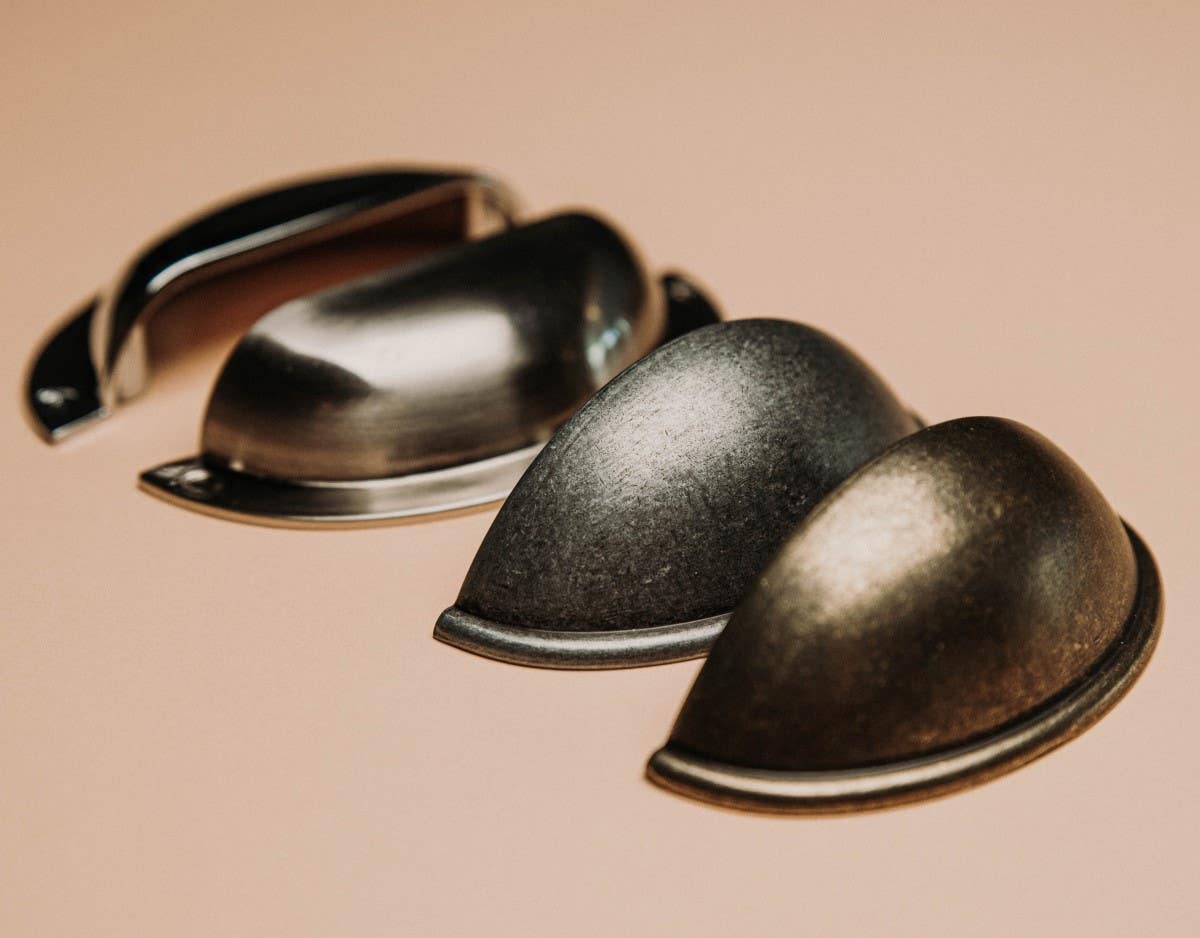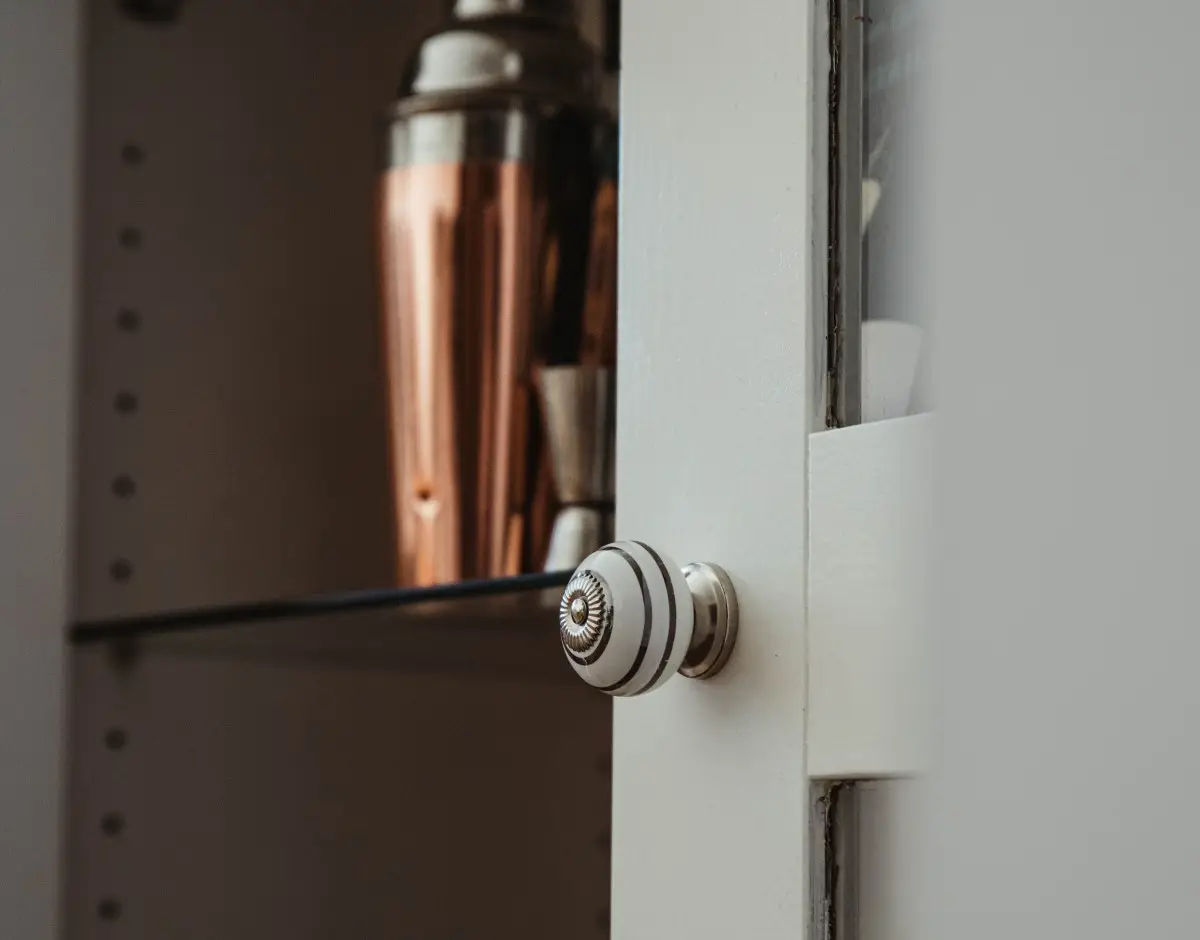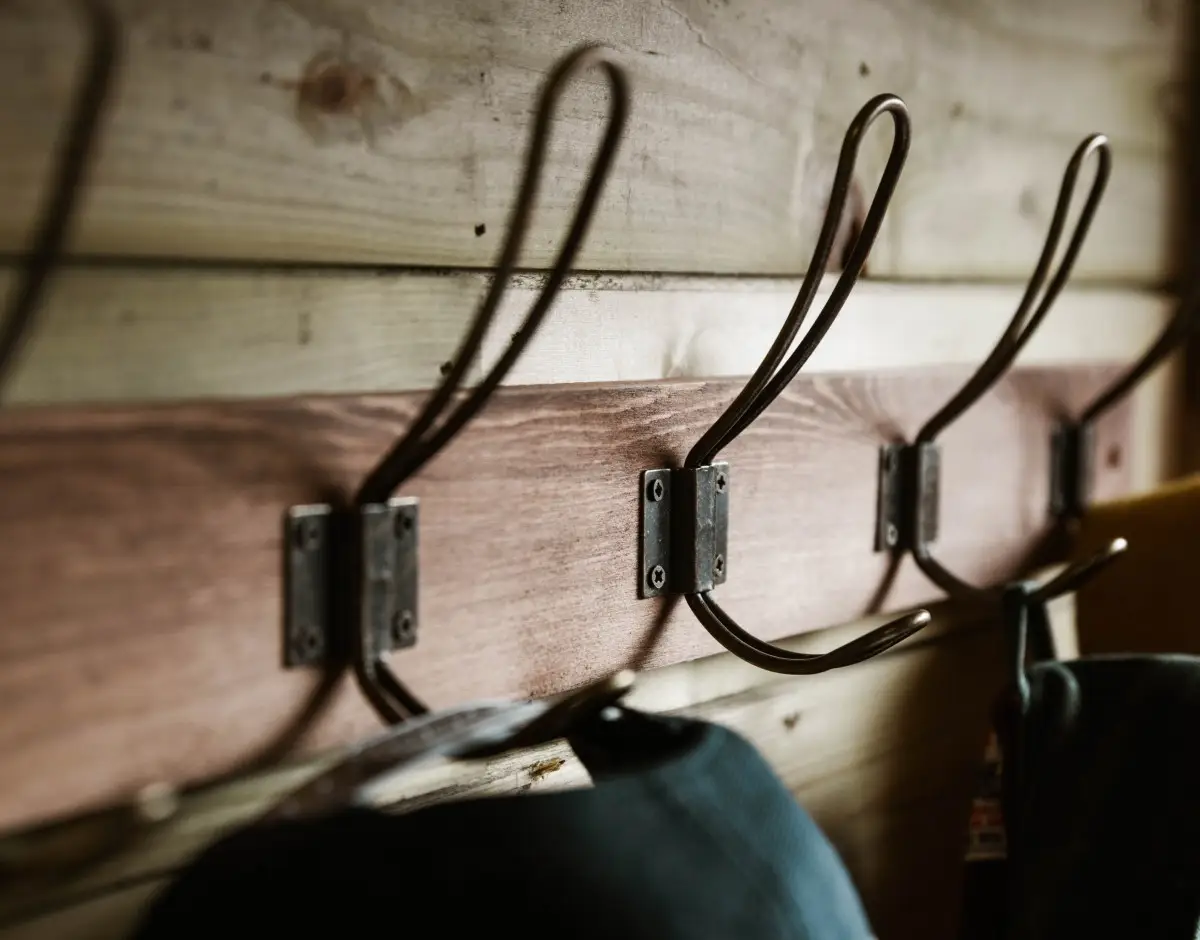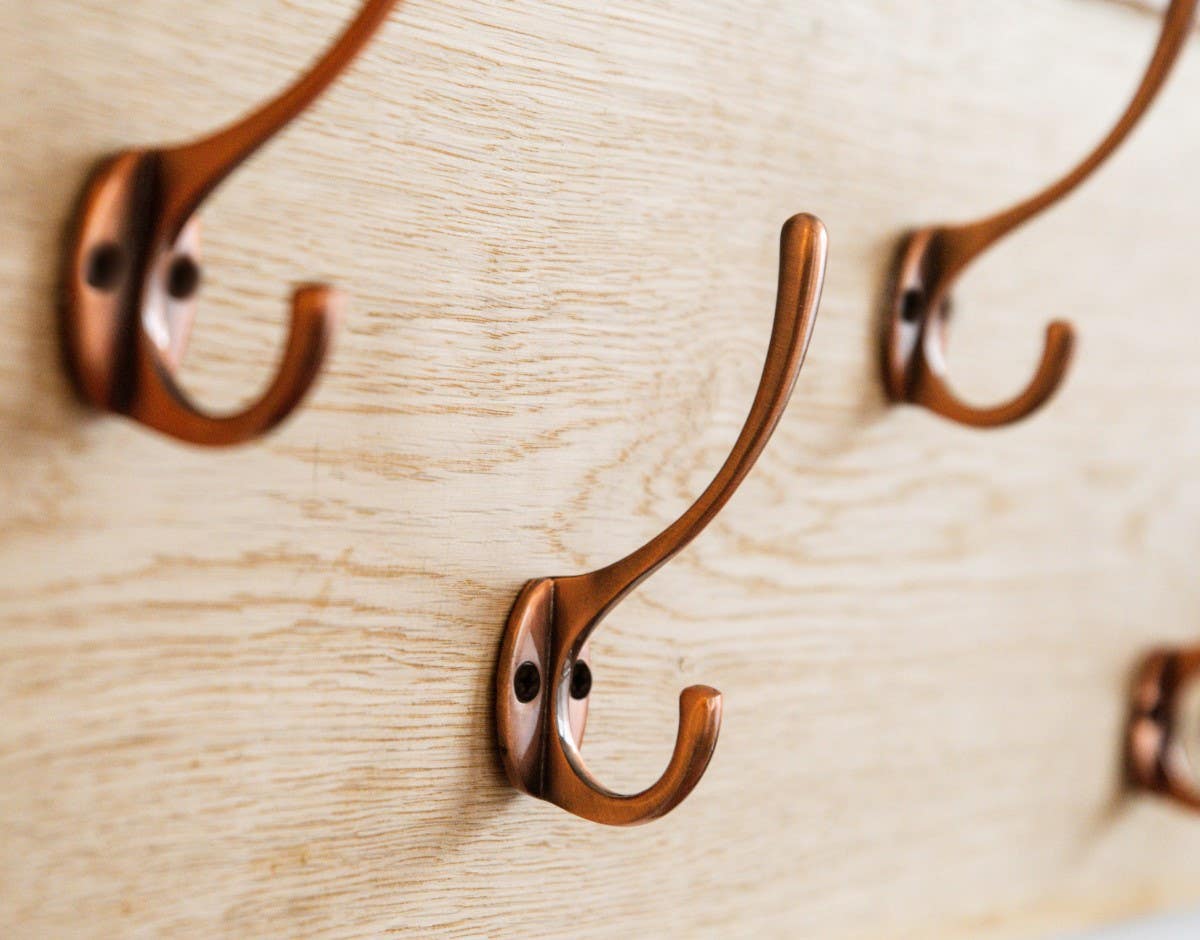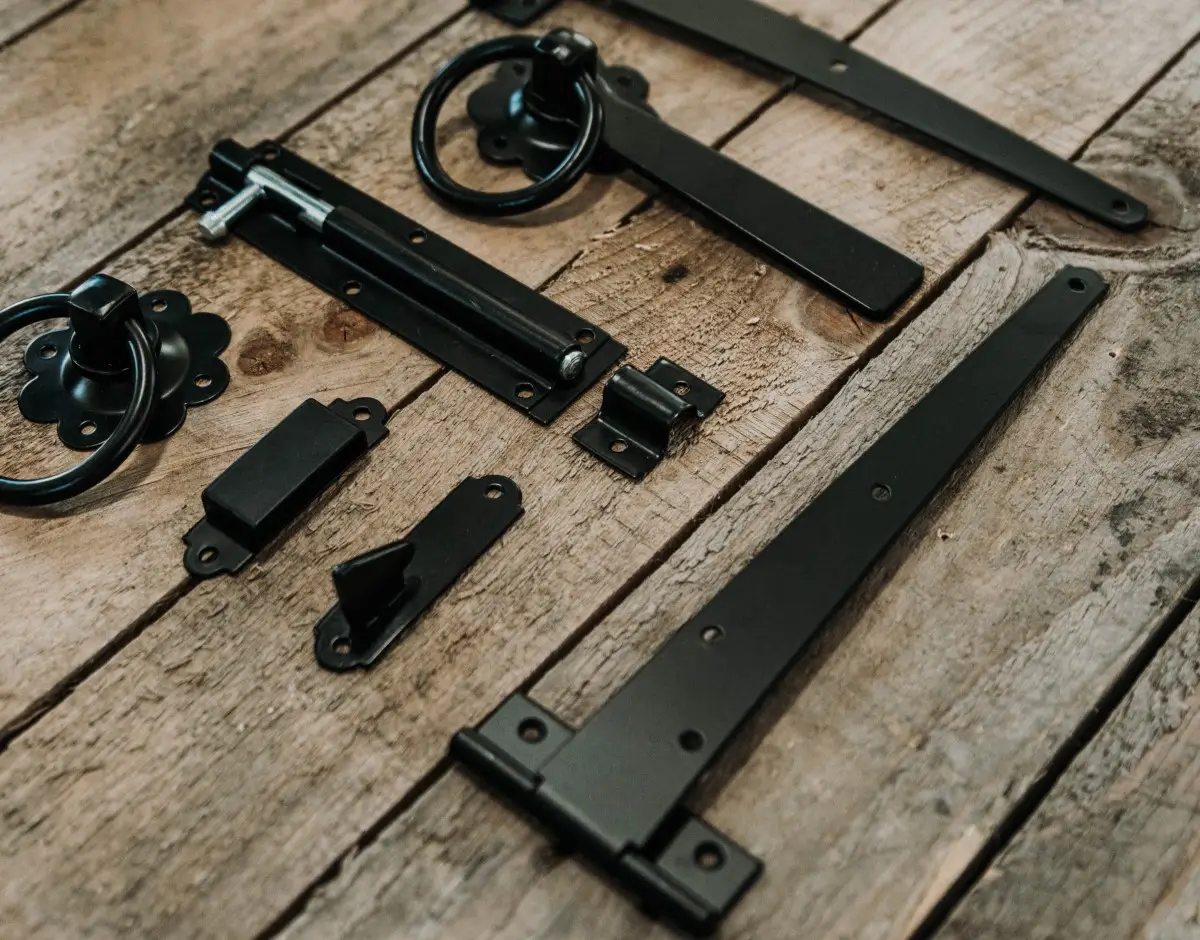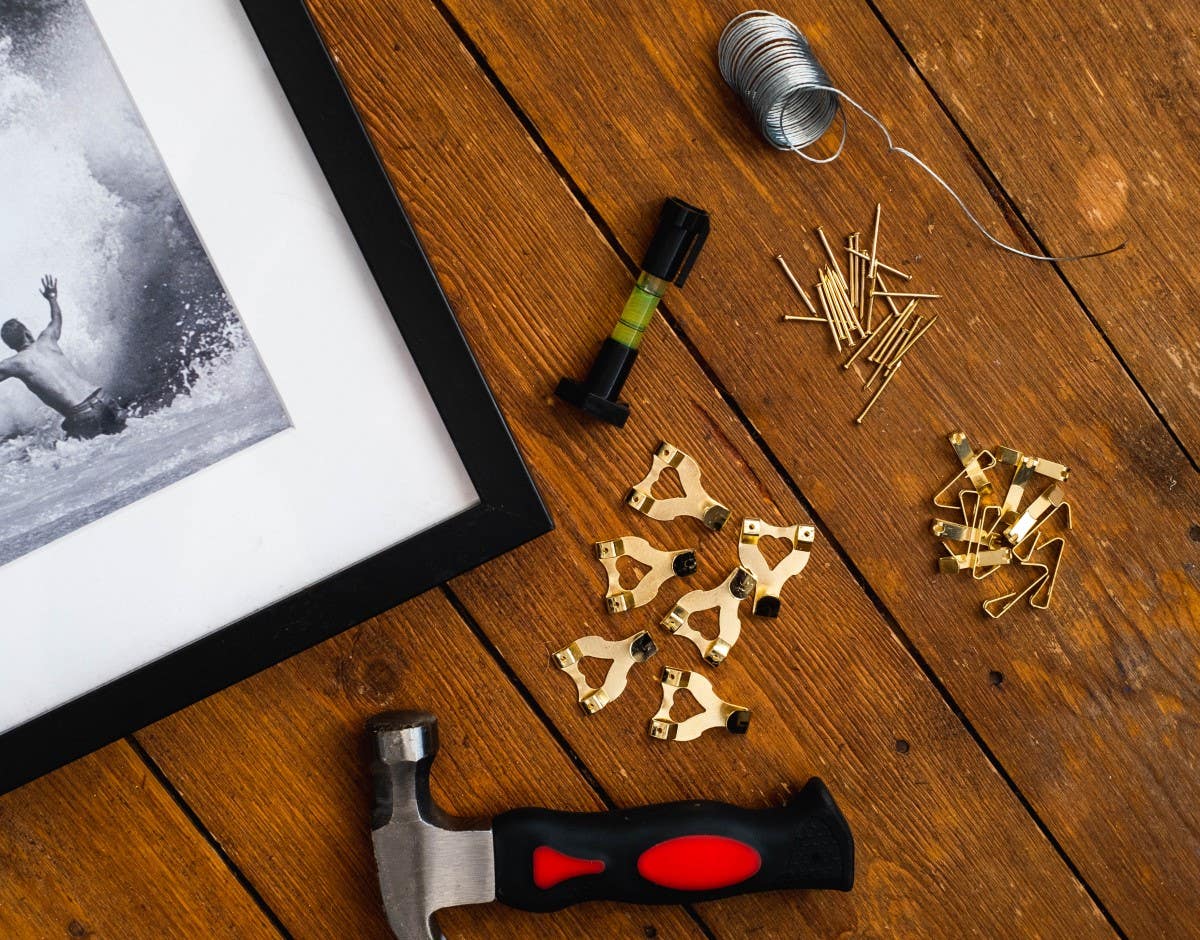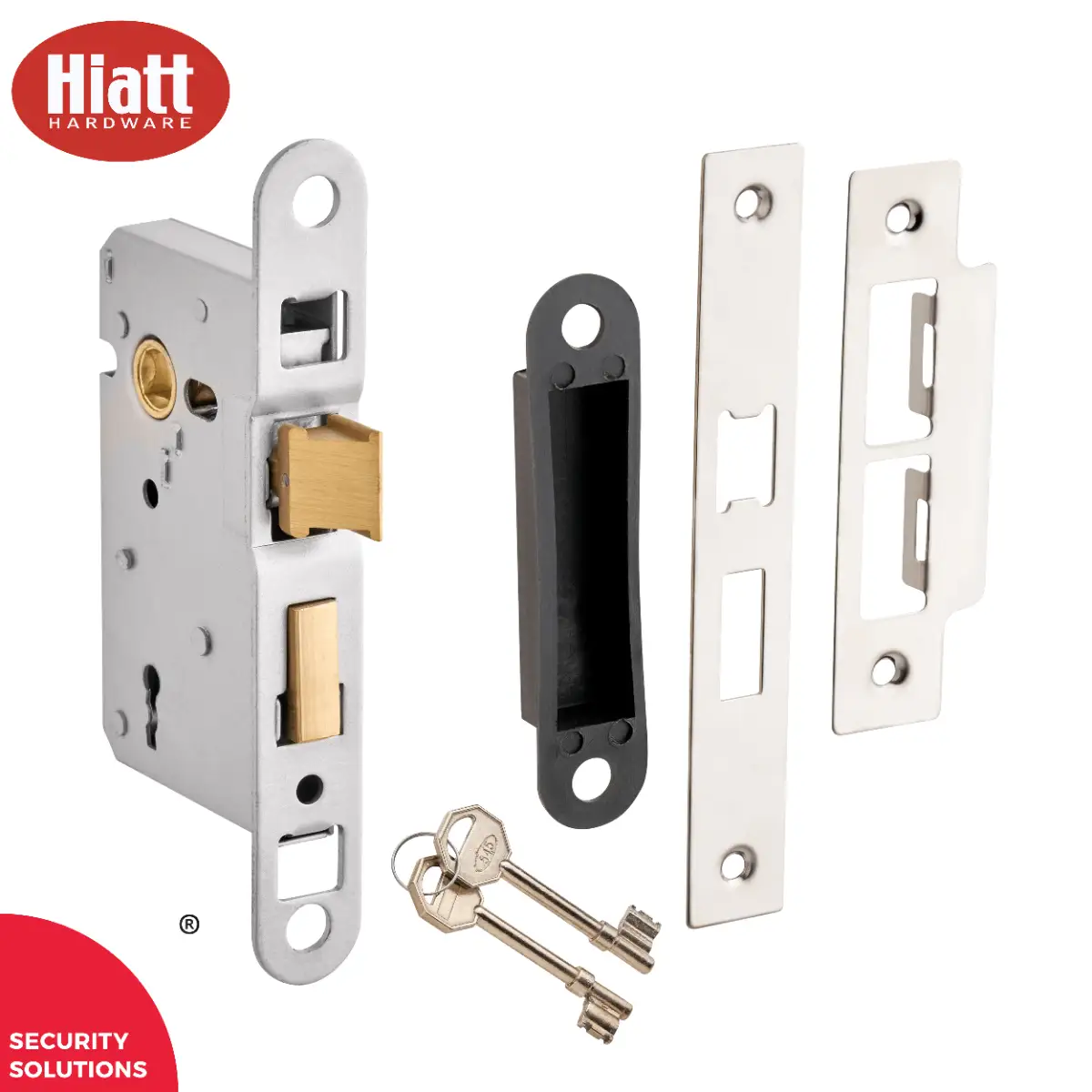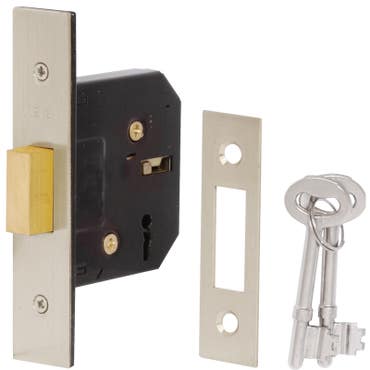What's the Best Door Lock for In-Frame and External Timber Doors?
Article Topics:
-
Mortice Deadlocks & Sash Locks
-
The Night Latch
-
Sliding Bolt & Door Chain
-
So What is the Best Door Lock?
Introduction
The ability to lock certain in-frame doors in your home is desirable for most of us. There’s the obvious bathroom door or toilet door, or other rooms for privacy and security, such as bedroom, study or storage spaces. And more often than not, external doors, the front door in particular, are the first line of home defence.
Ensuring that your front door and external doors are properly secure is crucial for your property security, personal safety, and of course your peace of mind.
While advanced security measures, including tech such as the smart door lock, in-app control and biometrics etc. are on the rise, the importance of traditional, well made and well fitted locks cannot be under estimated.
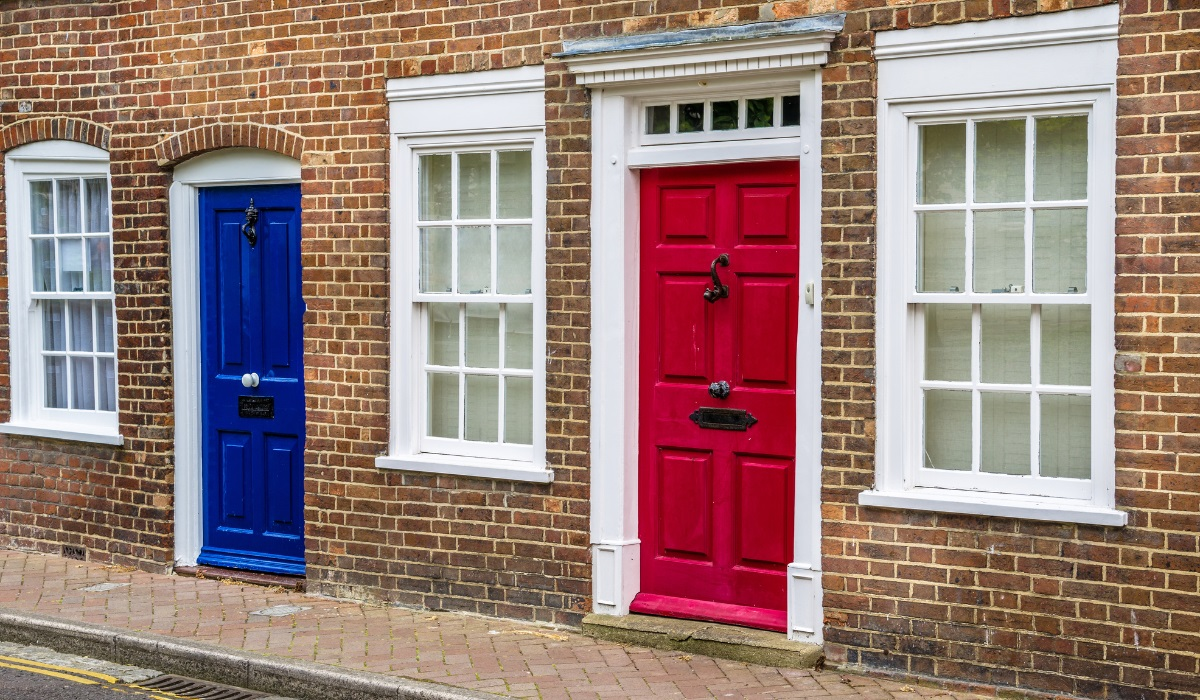
There’s an appropriate lock for every door material and type: interior and exterior wooden doors, UPVC doors, composite doors, front doors, entry doors and other external doors.
In this article we'll focus on traditional timber doors, different lock types and what level of security you can expect from them, to help you choose which lock is best for your home.
Let’s kick off with mortice locks, taking dead locks first.
Mortice Deadlocks & Sash Locks
A lever mortice deadlock is a type of door lock comprising of a bolt only. Unlike sash locks, deadlocks do not have latches that are knob or handle operated. They are located within the door's body. That means they are fitted inside the door itself, in a mortice cavity, rather than on a door’s surface.
Here's a typical mortice deadlock with key lock on both sides, pictured below with keys and strike plate ready for fitting.
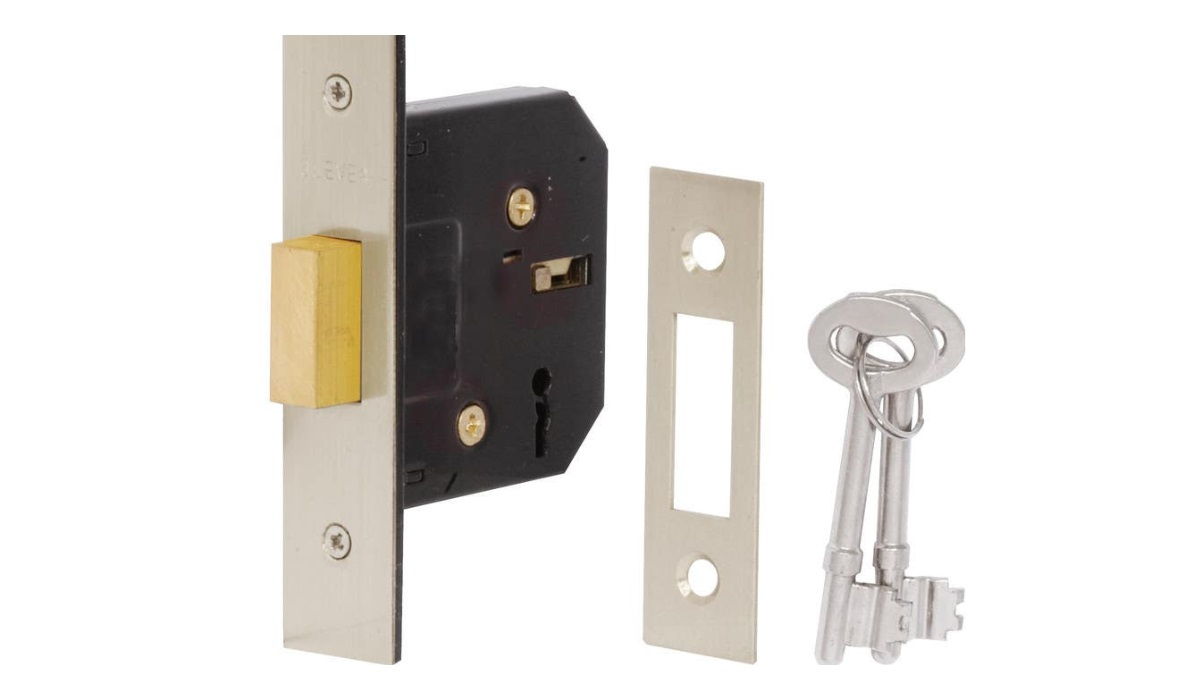
Deadlocks can be opened by a key from both the inside and outside of the door, or just from the front, with a thumb turn cylinder on the inside (pictured below) for bathroom locks, and making it easier to secure your front door from the inside when you’re at home.
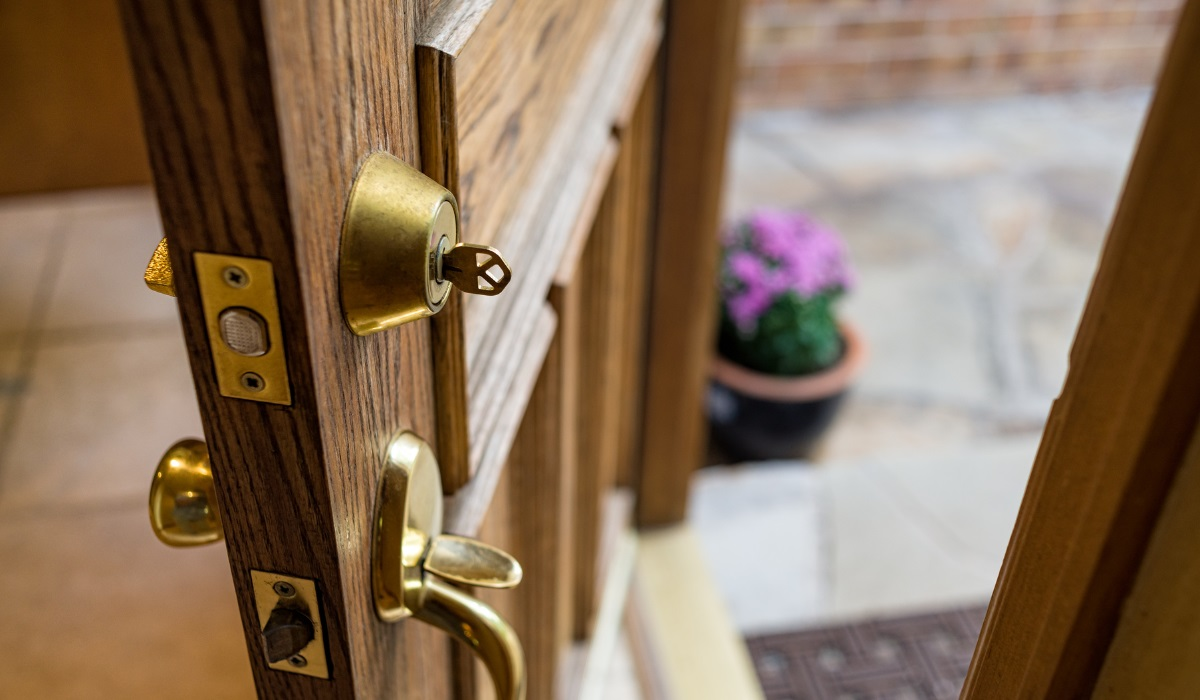
Three or Five Lever Mortice Deadlock?
Available in three or five lever options, deadlocks have two levels of security: three lever for in-frame internal doors and five lever for external doors. 'Levers' in this context refers to the number of levers inside the mechanism that a key must operate to open the lock.
The five lever deadlock provides a higher level of security for front doors as it's more difficult to manipulate, pick or copy the key. For added peace of mind, when choosing the five lever option, look for the British Standards BS3621 mark — this BS standard is preferred by home insurance companies.
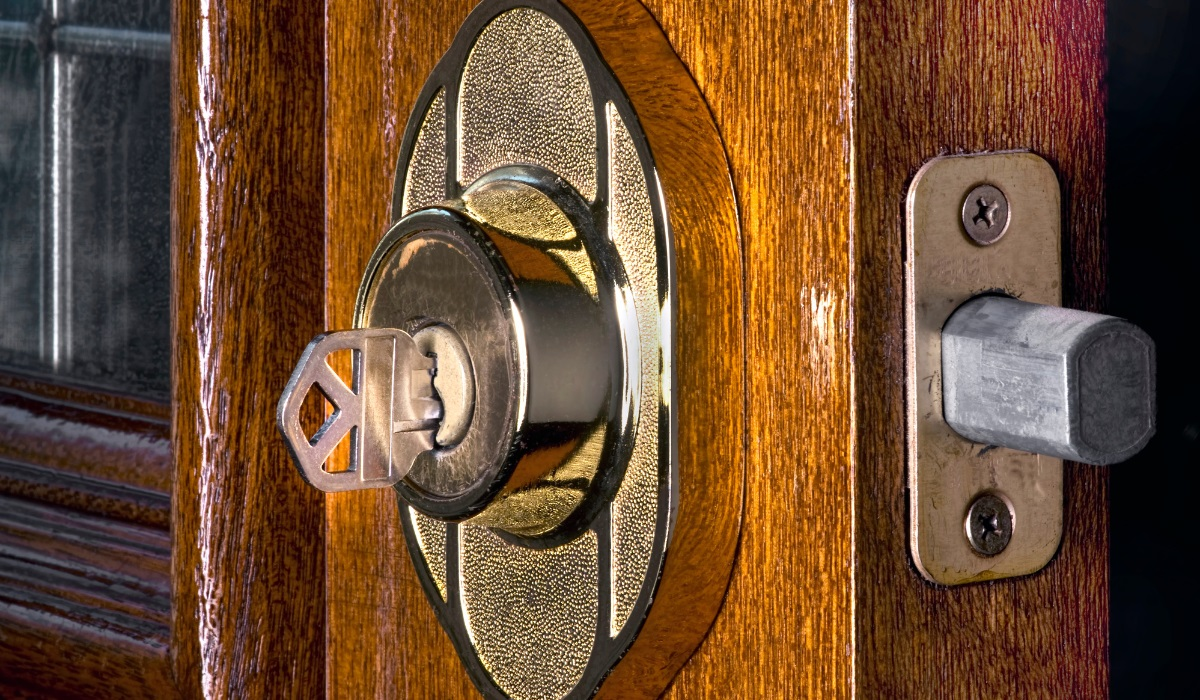
Simply Secure
Generally the simplicity of the deadlock design, both three and five lever, makes it effective, reliable and resistant to manipulation, especially with the five lever option.
For maximum front door security, five lever deadlocks are often used in conjunction with other locks that have a latch, such as night latches and mortice sash locks.
Mortice Sash Lock
A mortice sash lock is similar to a deadlock, but includes a latch that's lever or knob operated. This enables you to close the door without necessarily locking it. The handle also makes it easier to pull a front door closed.
With a more complicated design, a sash lock includes a deadlock with a latch that fits into the door frame when the door is closed to keep it shut.
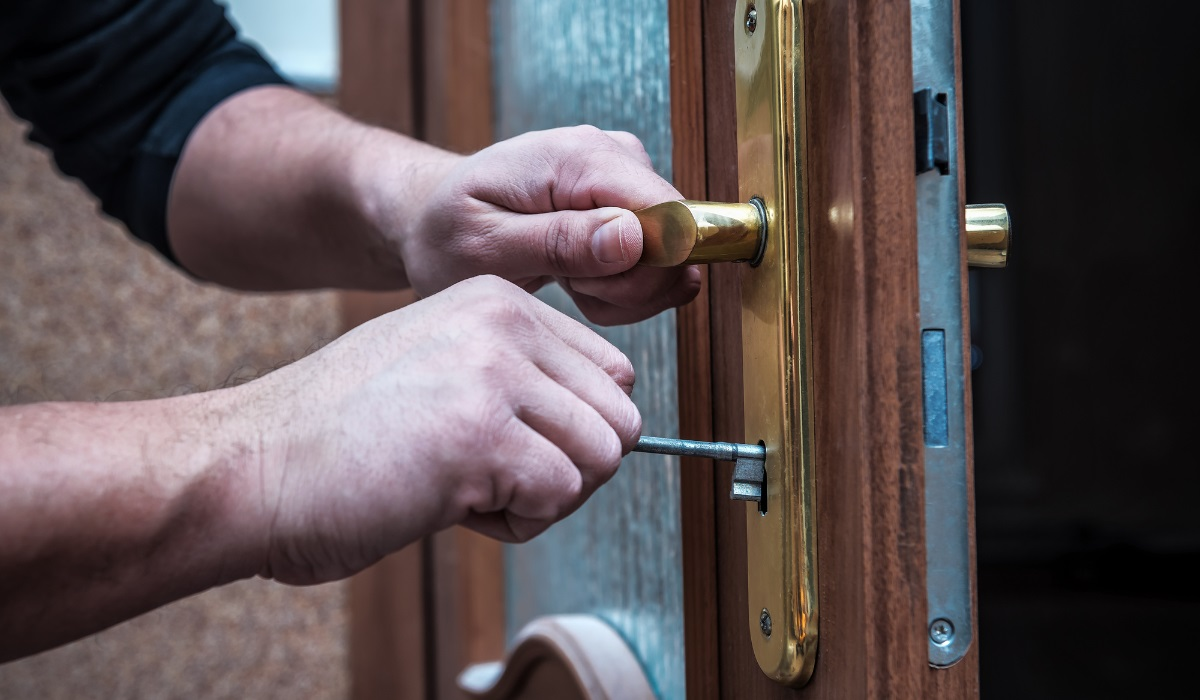
And like a deadlock, front door sash locks can be key operated by key from both sides of the door or key from the outside and thumb turn cylinder on the inside.
As a mortice lock with latch and deadlock, external door sash locks follow the same options in terms of three lever or five lever types, with five lever providing greater security for front doors and other external doors in your home.
Door Surface Mounted Sash Lock
It's worth noting that sash locks are also available in surface mounted or rim lock options. Being surface mounted they are not as secure as mortice locks, as they can be more susceptible to forced entry.
The surface mounted sash lock is common for interior door security and privacy in the home.
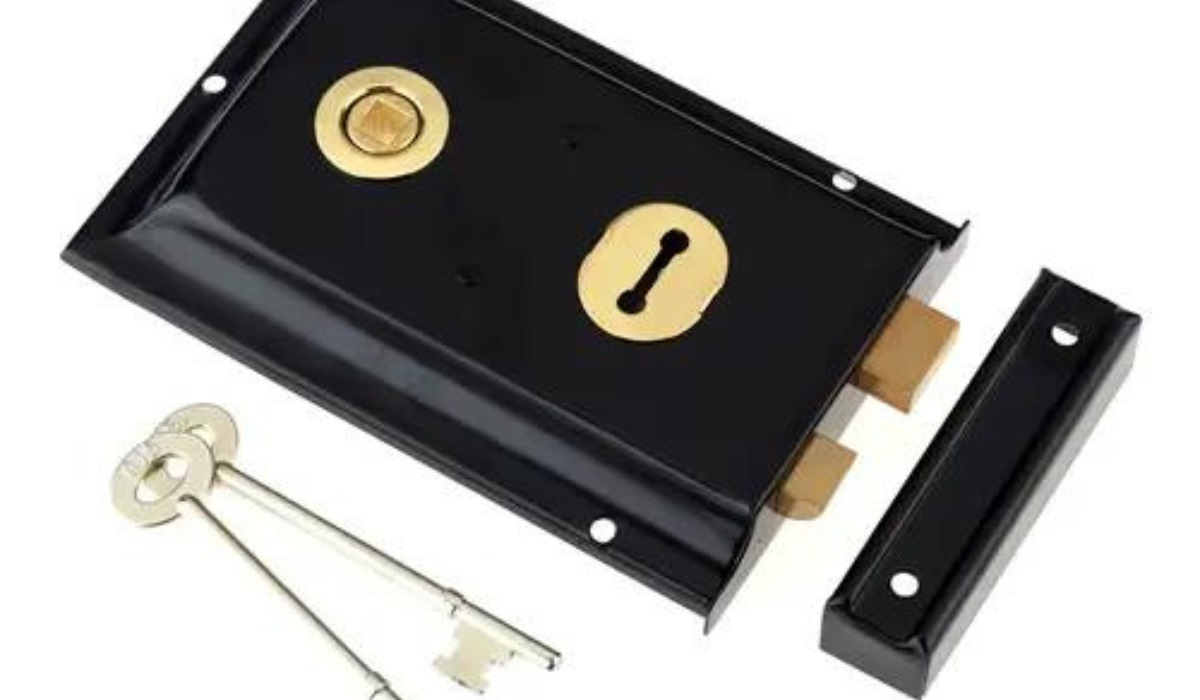
Mortice Deadlock & Sash Lock Pros and Cons
What are the Pros?
Enhanced Security
Five lever deadlocks offer enhanced security for front doors and external doors when used with other lock types such as a night latch.
Intruder Deterrent
Just having a deadlock on your front door with a night latch can be enough to make potential intruders think twice about trying to enter your home.
Greater Control
If you have other people with a night latch front door key to your home, such as a handyman or neighbour, but you want an additional layer of security to control their access, a deadlock will enable you to choose when they can open your front door.
Aesthetics
Sash lock handles are available in myriad styles and designs, so unlike a dedicated deadlock, there's more scope to express your creativity, either to match a period style or the overall style of your home: modern, contemporary, Georgian, Victorian, Edwardian or Art Deco for example.
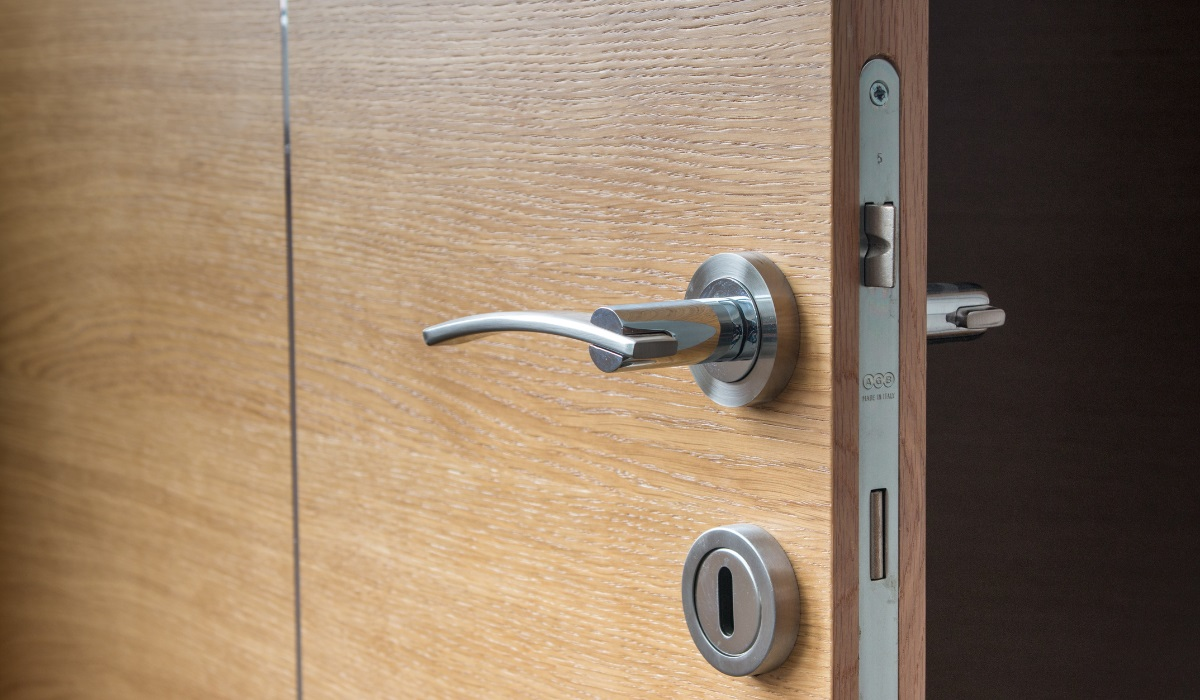
What are the Cons?
More Complicated to Fit
Installing a mortice deadlock or sash lock is more complex than door surface-mounted locks. Although it can be a DIY job if you're experienced, a locksmith or tradesperson may need to be called in to get the job done right for maximum security performance.
Cost Considerations
Given the added complexity of fitting mortice deadlocks and sash locks, especially in a new door, the cost will inevitably be higher than surface mounted locks.
But the greater security and potential for insurance saving with BS approved locks, fitting a five lever mortice lock is often worth a higher upfront cost for external doors.
Safety
Mortice deadlocks, either on their own or as part of a sash lock, can present an issue when it comes to quickly exiting your home in an emergency.
If a key is needed to open your front door and it's not immediately to hand in case of a fire for example, there could be a delay in getting to safety.
Use in Combination
On its own, a mortice deadlock, or sash lock with a deadlock, won't be enough to properly secure your home. It should be combined with a night latch and/or sliding bolts to ensure that your front door has a multi-point locking system.
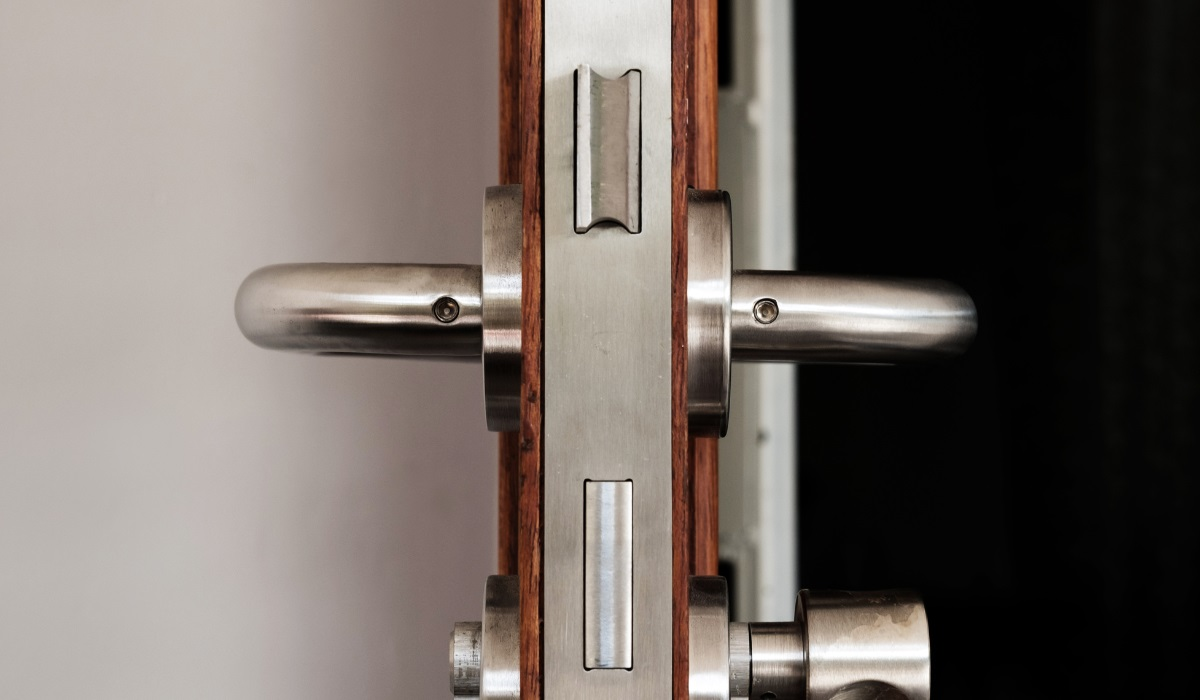
The Night Latch
Night latches, or rim cylinder locks are common door locks that you will be familiar with. They are often referred to as 'Yale' locks and are used on most wooden front doors.
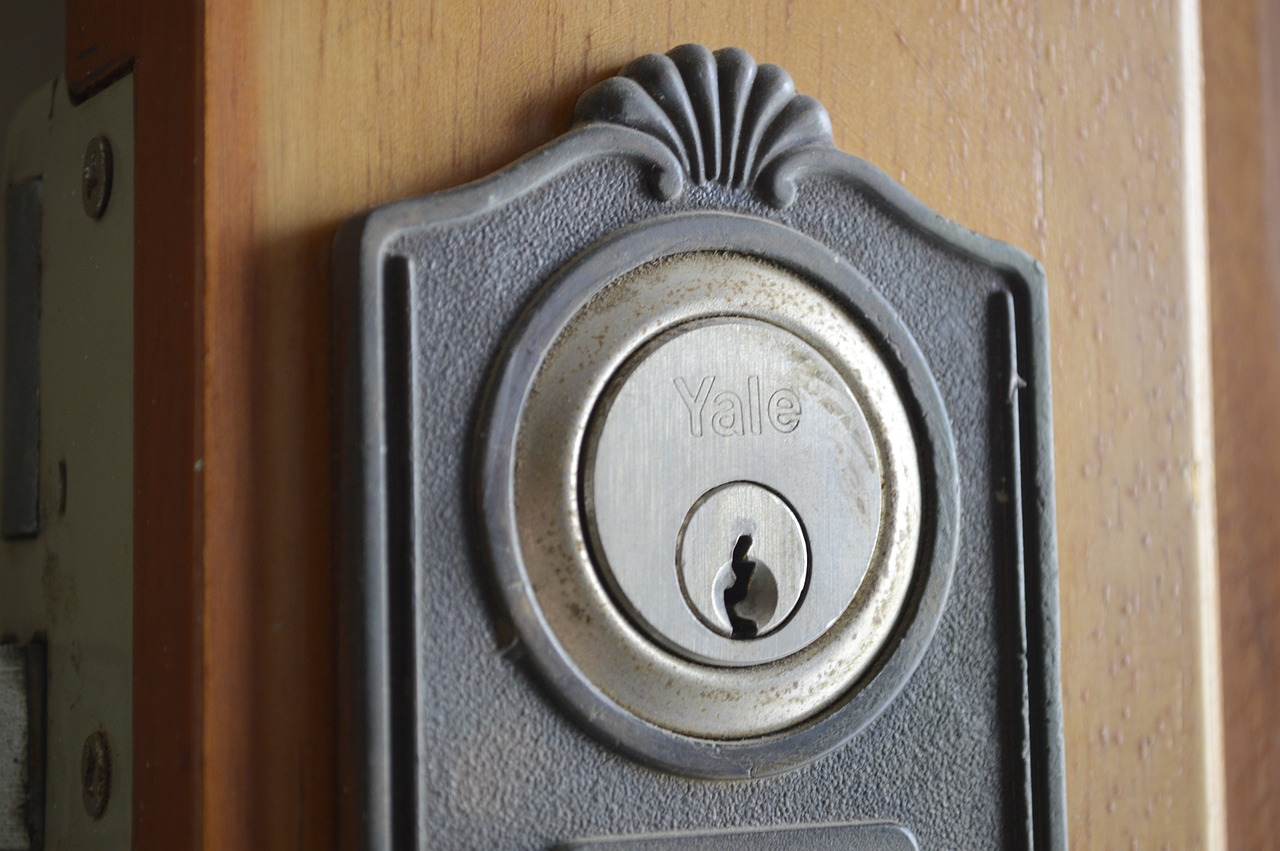
A night latch is mounted through the surface of your front door that automatically locks when the door is closed. They offer familiarity and convenience, and work very well as a second lock point on your front door — they're often used in conjunction with a mortice deadlock or sash lock.
Fitting a night latch, 'yale' lock, is more straightforward than a mortice lock, especially when you can get everything to do the job in a set with all the components needed for fitting.
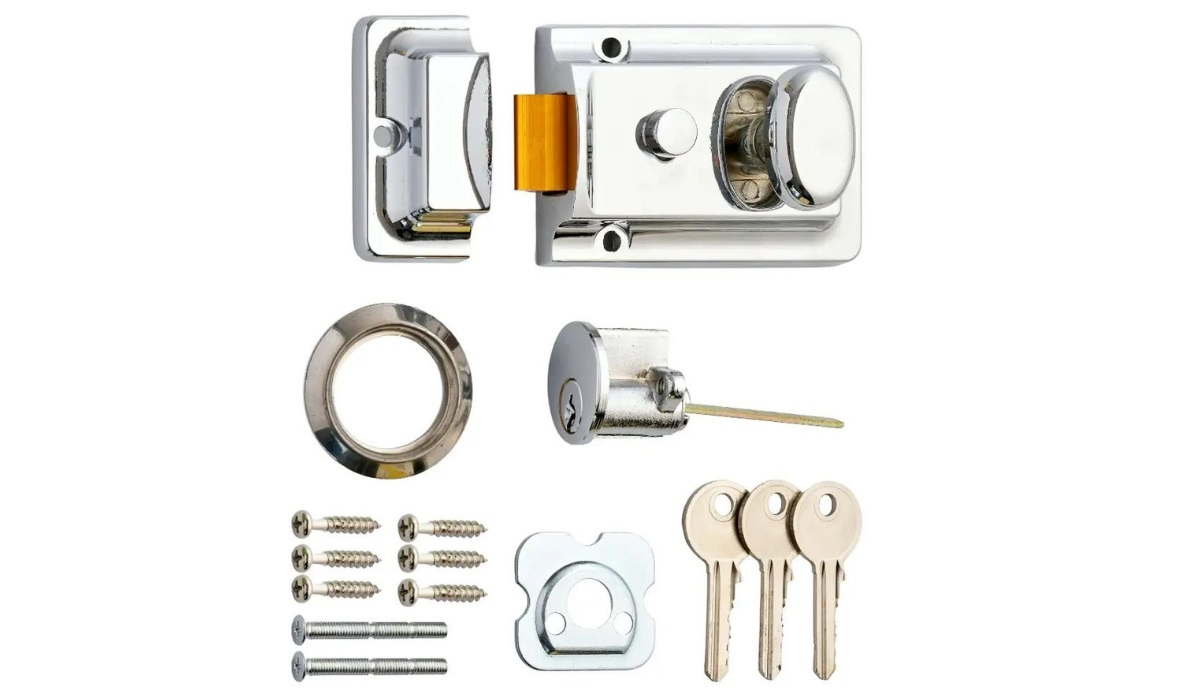
It's worth noting that some night latches feature deadlocking functionality. When the cylinder is turned a full rotation opposite to unlocking, a deadlatch action applies, locking the latch closed for added security.
What are the Pros?
Cost
If you want to replace your existing night latch, rather than fitting one from scratch to a new door, then it's a straightforward DIY job, so you will only have the cost of the lock rather than paying for a professional to fit it for you. Check out this video from Yale Home UK for more details.
Deadlock
A deadlocking night latch is particularly good for glazed front doors. The deadlock action means that the latch cannot be opened from the inside, so if an intruder breaks the glass, they will not be able to reach in and open your front door from the inside.
Convenience
The main USP of a night latch is its self-locking capability. When you leave your house your front door is secured as it’s closed, without the need to lock with a key.
Faster Exit
Compared with key operated mortice deadlocks, the night latch enables faster exit from your home in an emergency.
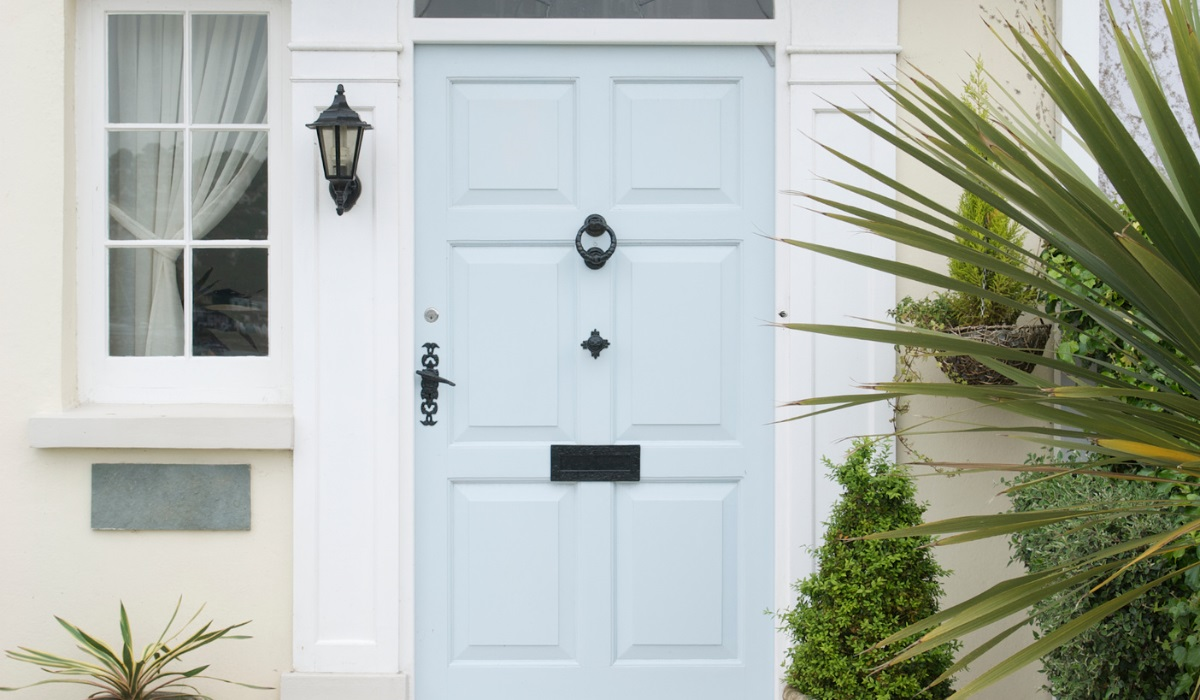
What are the Cons?
Cost
Although night latches can be inexpensive to buy, fitting them from scratch (rather than replacing like-for-like) can be quite an involved DIY job. Unless you're a confident and competent DIYer, you will need to hire a locksmith or tradesperson to make sure your night latch is properly installed for optimum front door security.
Forced Entry
A night latch ‘keep’ (the part the lock latches into) is mounted on the surface of the frame, so it can be vulnerable to brute force attack. For maximum security, a night latch should be used with a mortice deadlock.
Sliding Bolts & Door Chains
For extra security use an additional lock to compliment your mortice lock and night latch. Consider sliding bolts for interior and external doors, and front door chains for extra peace of mind. There are many different types and styles of sliding bolt, so choose one (or multiple bolts) that best fits your interior room design, or front door furniture and hallway decor.
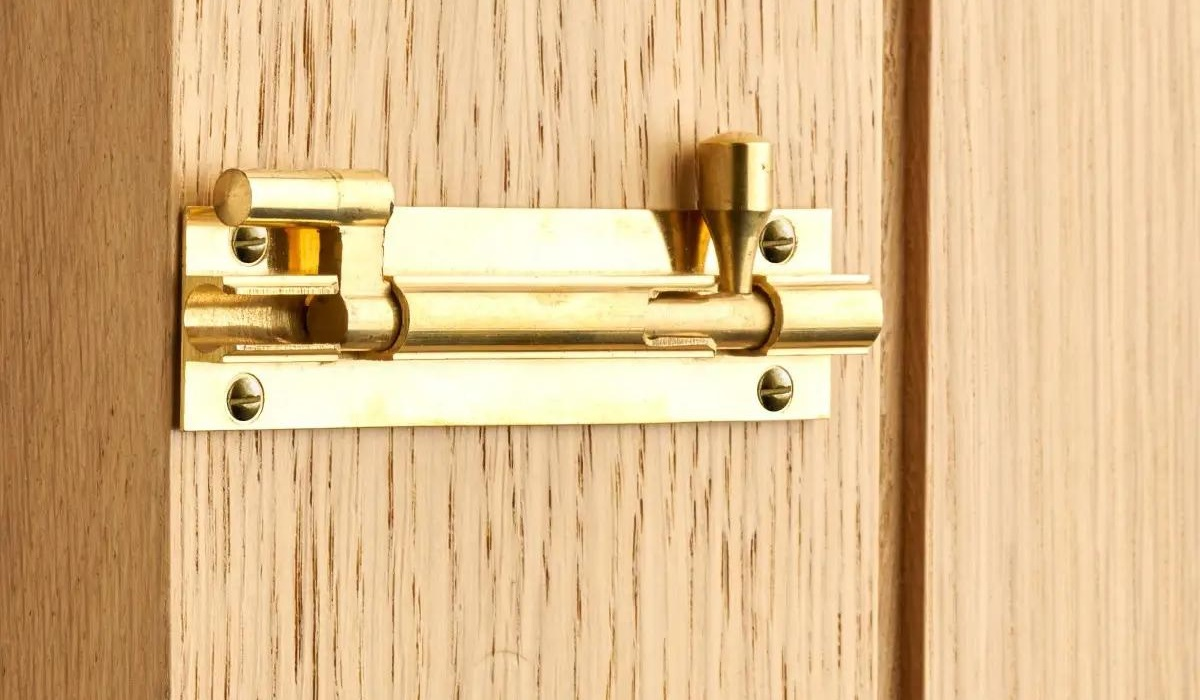
Door chains offer extra security when you open your front door, to help deter unwanted callers and potential intruders. They allow you to communicate with callers while maintaining a level of security.
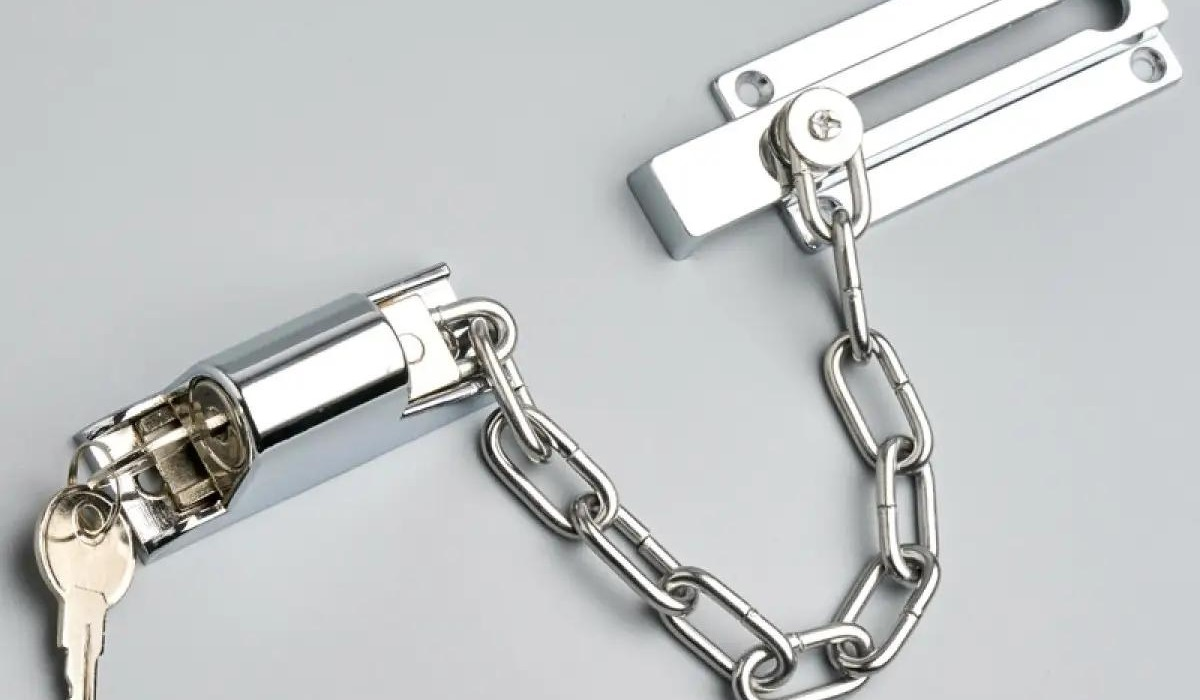
Or why not combine the two as an additional lock, sliding bolt and door chain in a single product? This will give you the best of both worlds, with a single installation.
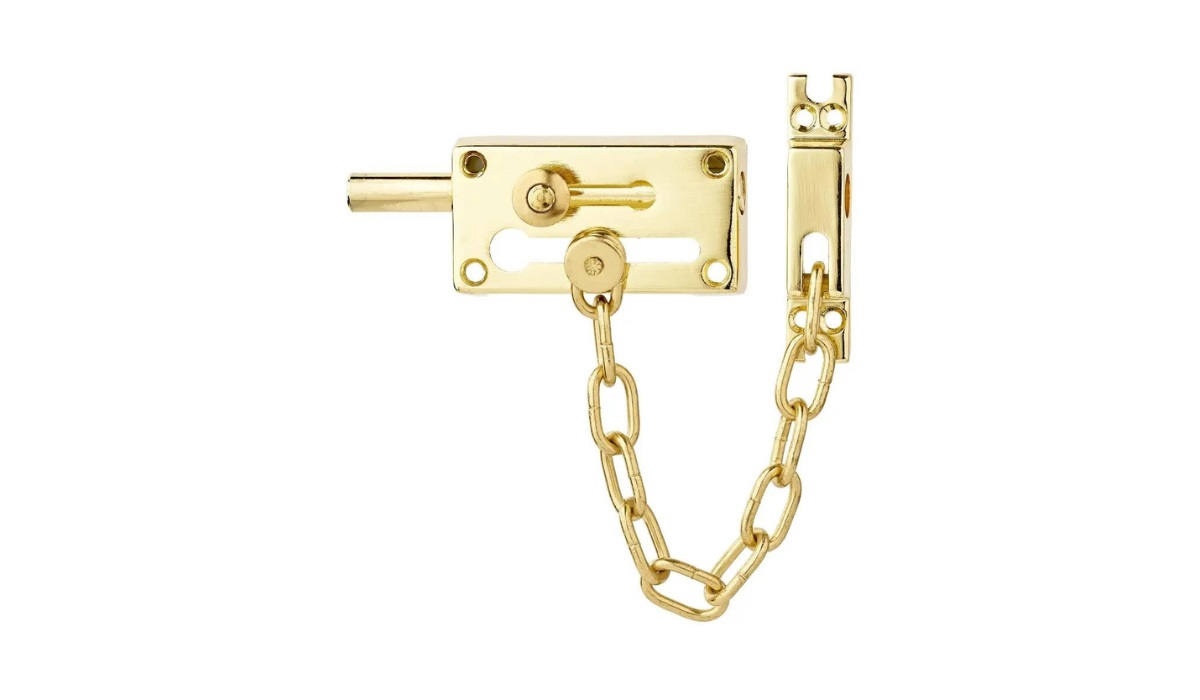
Sliding Bolt & Door Chain Pros & Cons
What are the Pros?
Easy Install
Because sliding bolts and door chains are door surface mounted, they do not require a mortice chiselling out or a through-hole drilling, making them straightforward to fit for DIYers.
Versatile
Door chains can be used with UPVC doors as well as wooden doors. Although sliding bolts are not necessary with a UPVC door’s multi-point locking system.
Extra Peace of Mind
Even when using a mortice deadlock and night latch, having a third security element offers even greater front door security.
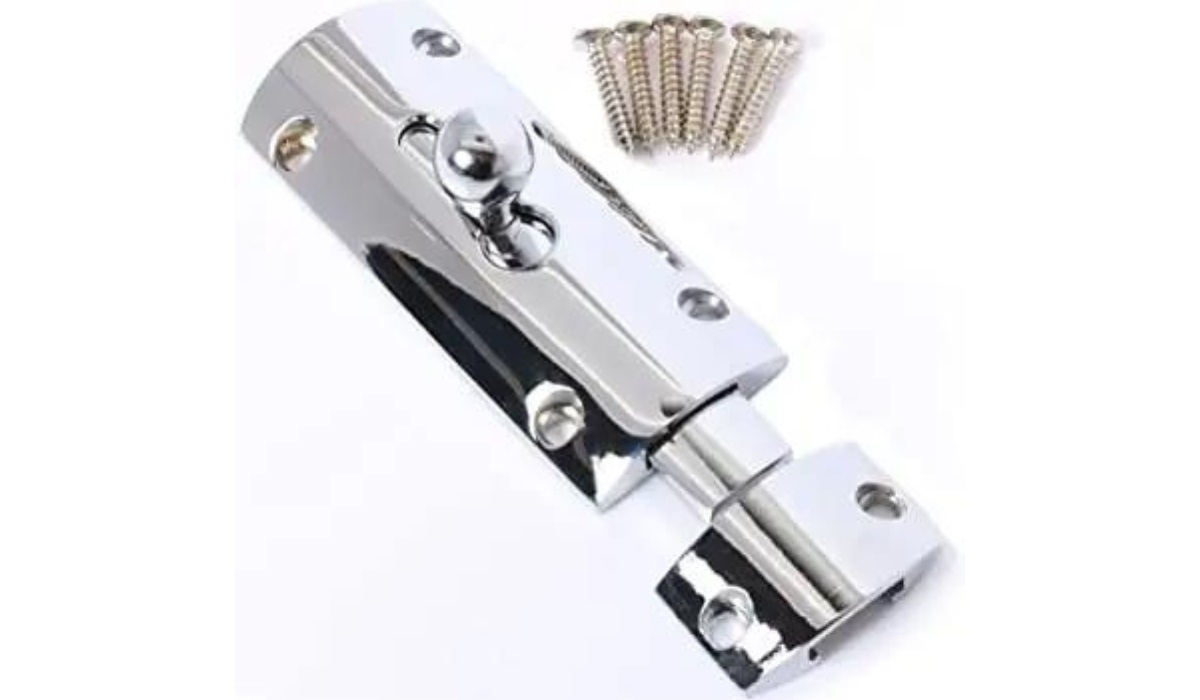
What are the Cons?
Can Be Forced
On their own, sliding bolts and door chains are susceptible to brute force attack. But in addition to night latches and mortice deadlocks they do offer increased security.
So What is the Best Door Lock?
The best internal in-frame and external door lock to choose is of course the one that offers the best protection for your home, in terms of privacy and security.
The most secure lock for timber doors is the mortice deadlock. But with front doors, used with other locks such as a night latch, sliding bolts and door chain to double lock or even triple lock, will give you the most secure multi locking system.
This informative video offers a closer look at mortice deadlocks, sash locks, the night latch, sliding bolts and door chains.
Final Thought
Remember, choose a mortice deadlock for your doors, either a sash lock for your interior doors, or a five lever deadlock with night latch for your front door. And consider sliding bolts and door chains for additional locking points.
If you can, choose a known brand door lock. And make sure that your locks are fitted properly.
If you're thinking of upgrading your front door locks, check out this article for front door makeover inspiration to explore other door furniture. And for all you door security and hardware needs visit Hiatt Hardware.
